
Greek Odyssey
Greek Odyssey
Cruise overview
WHY BOOK WITH US?
- ✔ The Deluxe Cruises’ team has extensive experience in ultra-luxury cruising.
- ✔ Call now to speak to our helpful and experienced Cruise Concierge team.
- ✔ Enjoy our Unique Deluxe Cruises Bonus for substantial savings.
- ✔ Our team will tailor your holiday to your exacting requirements.
- ✔ As agents, we work under the protection of each cruise lines ABTA / ATOL licences
About Piraeus
It's no wonder that all roads lead to the fascinating and maddening metropolis of Athens. Lift your eyes 200 feet above the city to the Parthenon, its honey-color marble columns rising from a massive limestone base, and you behold architectural perfection that has not been surpassed in 2,500 years. But, today, this shrine of classical form dominates a 21st-century boomtown. To experience Athens—Athína in Greek—fully is to understand the essence of Greece: ancient monuments surviving in a sea of cement, startling beauty amid the squalor, tradition juxtaposed with modernity. Locals depend on humor and flexibility to deal with the chaos; you should do the same. The rewards are immense. Although Athens covers a huge area, the major landmarks of the ancient Greek, Roman, and Byzantine periods are close to the modern city center. You can easily walk from the Acropolis to many other key sites, taking time to browse in shops and relax in cafés and tavernas along the way. From many quarters of the city you can glimpse "the glory that was Greece" in the form of the Acropolis looming above the horizon, but only by actually climbing that rocky precipice can you feel the impact of the ancient settlement. The Acropolis and Filopappou, two craggy hills sitting side by side; the ancient Agora (marketplace); and Kerameikos, the first cemetery, form the core of ancient and Roman Athens. Along the Unification of Archaeological Sites promenade, you can follow stone-paved, tree-lined walkways from site to site, undisturbed by traffic. Cars have also been banned or reduced in other streets in the historical center. In the National Archaeological Museum, vast numbers of artifacts illustrate the many millennia of Greek civilization; smaller museums such as the Goulandris Museum of Cycladic Art Museum and the Byzantine and Christian Museum illuminate the history of particular regions or periods. Athens may seem like one huge city, but it is really a conglomeration of neighborhoods with distinctive characters. The Eastern influences that prevailed during the 400-year rule of the Ottoman Empire are still evident in Monastiraki, the bazaar area near the foot of the Acropolis. On the northern slope of the Acropolis, stroll through Plaka (if possible by moonlight), an area of tranquil streets lined with renovated mansions, to get the flavor of the 19th-century's gracious lifestyle. The narrow lanes of Anafiotika, a section of Plaka, thread past tiny churches and small, color-washed houses with wooden upper stories, recalling a Cycladic island village. In this maze of winding streets, vestiges of the older city are everywhere: crumbling stairways lined with festive tavernas; dank cellars filled with wine vats; occasionally a court or diminutive garden, enclosed within high walls and filled with magnolia trees and the flaming trumpet-shaped flowers of hibiscus bushes. Formerly run-down old quarters, such as Thission, Gazi and Psirri, popular nightlife areas filled with bars and mezedopoleia (similar to tapas bars), are now in the process of gentrification, although they still retain much of their original charm, as does the colorful produce and meat market on Athinas. The area around Syntagma Square, the tourist hub, and Omonia Square, the commercial heart of the city about 1 km (½ mi) northwest, is distinctly European, having been designed by the court architects of King Otho, a Bavarian, in the 19th century. The chic shops and bistros of ritzy Kolonaki nestle at the foot of Mt. Lycabettus, Athens's highest hill (909 feet). Each of Athens's outlying suburbs has a distinctive character: in the north is wealthy, tree-lined Kifissia, once a summer resort for aristocratic Athenians, and in the south and southeast lie Glyfada, Voula, and Vouliagmeni, with their sandy beaches, seaside bars, and lively summer nightlife. Just beyond the city's southern fringes is Piraeus, a bustling port city of waterside fish tavernas and Saronic Gulf views.







About Milos
Milos or Melos is a volcanic Greek island in the Aegean Sea, just north of the Sea of Crete. Milos is the southwesternmost island in the Cyclades group. The Venus de Milo and the Asclepius of Milos were both found on the island, as were a Poseidon and an archaic Apollo now in Athens.



About Ios
About Santorini
Undoubtedly the most extraordinary island in the Aegean, crescent-shape Santorini remains a mandatory stop on the Cycladic tourist route—even if it's necessary to enjoy the sensational sunsets from Ia, the fascinating excavations, and the dazzling white towns with a million other travelers. Called Kállisti (the "Loveliest") when first settled, the island has now reverted to its subsequent name of Thira, after the 9th-century-BC Dorian colonizer Thiras. The place is better known, however, these days as Santorini, a name derived from its patroness, St. Irene of Thessaloniki, the Byzantine empress who restored icons to Orthodoxy and died in 802. You can fly conveniently to Santorini, but to enjoy a true Santorini rite of passage, opt instead for the boat trip here, which provides a spectacular introduction. After the boat sails between Sikinos and Ios, your deck-side perch approaches two close islands with a passage between them. The bigger one on the left is Santorini, and the smaller on the right is Thirassia. Passing between them, you see the village of Ia adorning Santorini's northernmost cliff like a white geometric beehive. You are in the caldera (volcanic crater), one of the world's truly breathtaking sights: a demilune of cliffs rising 1,100 feet, with the white clusters of the towns of Fira and Ia perched along the top. The bay, once the high center of the island, is 1,300 feet in some places, so deep that when boats dock in Santorini's shabby little port of Athinios, they do not drop anchor. The encircling cliffs are the ancient rim of a still-active volcano, and you are sailing east across its flooded caldera. On your right are the Burnt isles, the White isle, and other volcanic remnants, all lined up as if some outsize display in a geology museum. Hephaestus's subterranean fires smolder still—the volcano erupted in 198 BC, about 735, and there was an earthquake in 1956. Indeed, Santorini and its four neighboring islets are the fragmentary remains of a larger landmass that exploded about 1600 BC: the volcano's core blew sky high, and the sea rushed into the abyss to create the great bay, which measures 10 km by 7 km (6 mi by 4½ mi) and is 1,292 feet deep. The other pieces of the rim, which broke off in later eruptions, are Thirassia, where a few hundred people live, and deserted little Aspronissi ("White isle"). In the center of the bay, black and uninhabited, two cones, the Burnt Isles of Palea Kameni and Nea Kameni, appeared between 1573 and 1925. There has been too much speculation about the identification of Santorini with the mythical Atlantis, mentioned in Egyptian papyri and by Plato (who says it's in the Atlantic), but myths are hard to pin down. This is not true of old arguments about whether tidal waves from Santorini's cataclysmic explosion destroyed Minoan civilization on Crete, 113 km (70 mi) away. The latest carbon-dating evidence, which points to a few years before 1600 BC for the eruption, clearly indicates that the Minoans outlasted the eruption by a couple of hundred years, but most probably in a weakened state. In fact, the island still endures hardships: since antiquity, Santorini has depended on rain collected in cisterns for drinking and irrigating—the well water is often brackish—and the serious shortage is alleviated by the importation of water. However, the volcanic soil also yields riches: small, intense tomatoes with tough skins used for tomato paste (good restaurants here serve them); the famous Santorini fava beans, which have a light, fresh taste; barley; wheat; and white-skin eggplants.


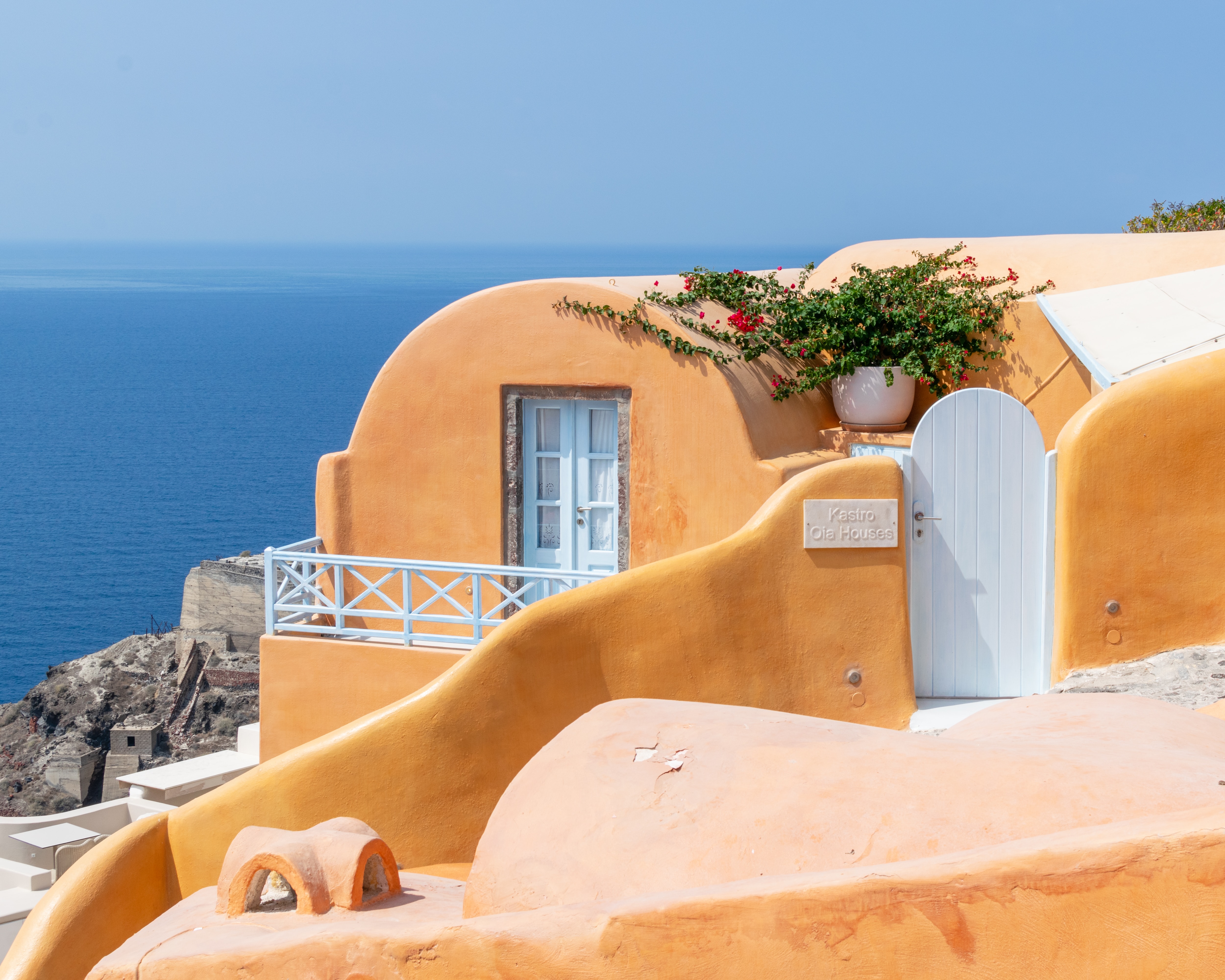
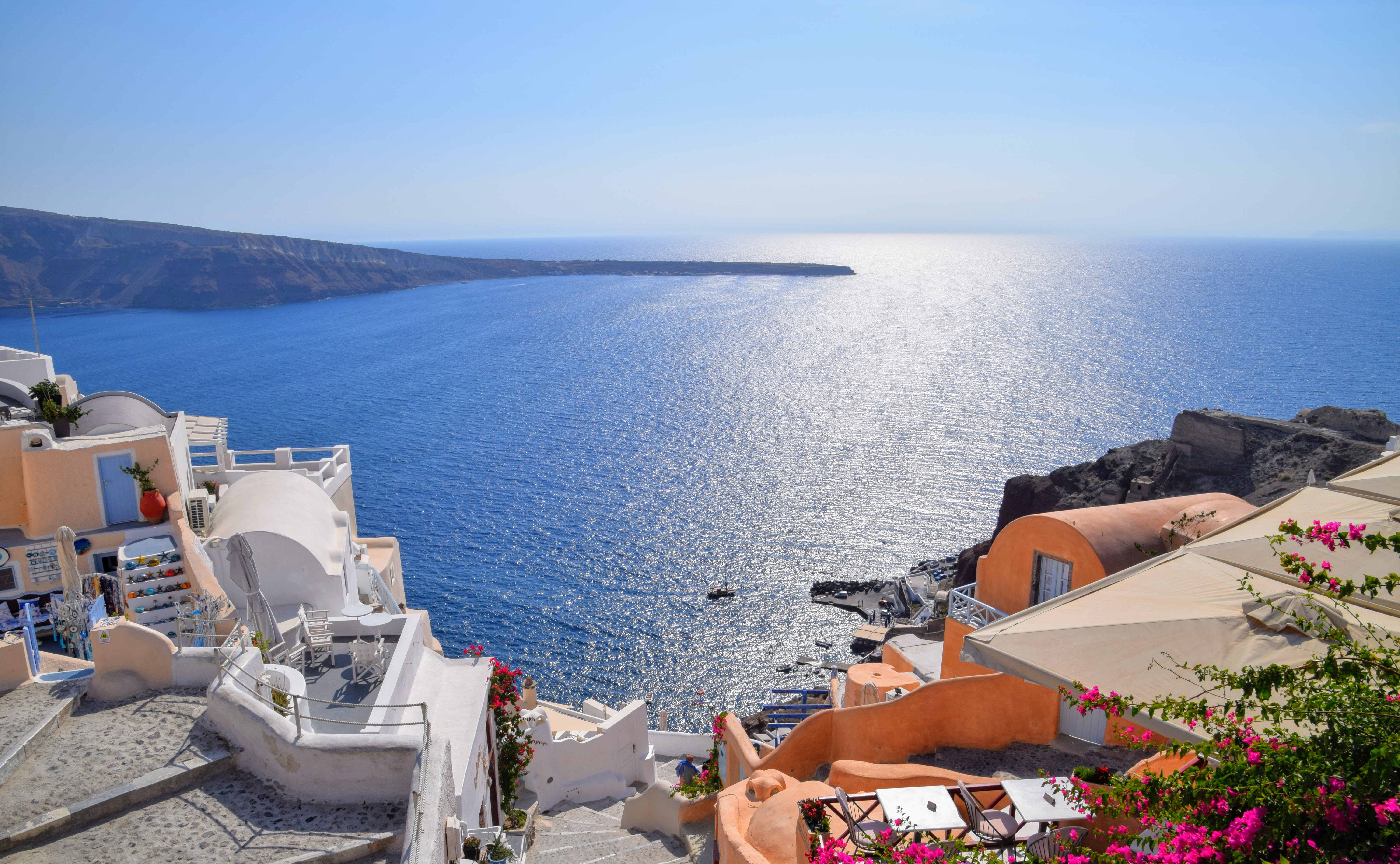

About Kusadasi
Whilst the busy resort town of Kusadasi offers much in the way of shopping and dining – not to mention a flourishing beach life scene, the real jewel here is Ephesus and the stunning ruined city that really take centre stage. With only 20% of the classical ruins having been excavated, this archaeological wonder has already gained the status as Europe’s most complete classical metropolis. And a metropolis it really is; built in the 10th century BC this UNESCO World Heritage site is nothing short of spectacular. Although regrettably very little remains of the Temple of Artemis (one of the seven wonders of the ancient world), the superb Library of Celsus’ façade is practically intact and it is one of life’s great joys to attend an evening performance in the illuminated ruins once all the tourists have left. The history of the city is fascinating and multi-layered and it is well worth reading up on this beforehand if a visit is planned. Another point of interest for historians would be the house of the Virgin Mary, located on the romantically named Mount Nightingale and just nine kilometres away from Ephesus proper. Legend has it that Mary (along with St. John) spent her final years here, secluded from the rest of the population, spreading Christianity. An edifying experience, even for non-believers. For the less historical minded amongst you, Kusadasi offers plenty in the way of activities. After a stroll through the town, jump in a taxi to Ladies’ Beach (men are allowed), sample a Turkish kebap on one of the many beachfront restaurants and enjoy the clement weather. If you do want to venture further afield, then the crystal clear beaches of Guzelcamli (or the Millipark), the cave of Zeus and the white scalloped natural pools at Pamukkale, known as Cleopatra’s pools, are definitely worth a visit.




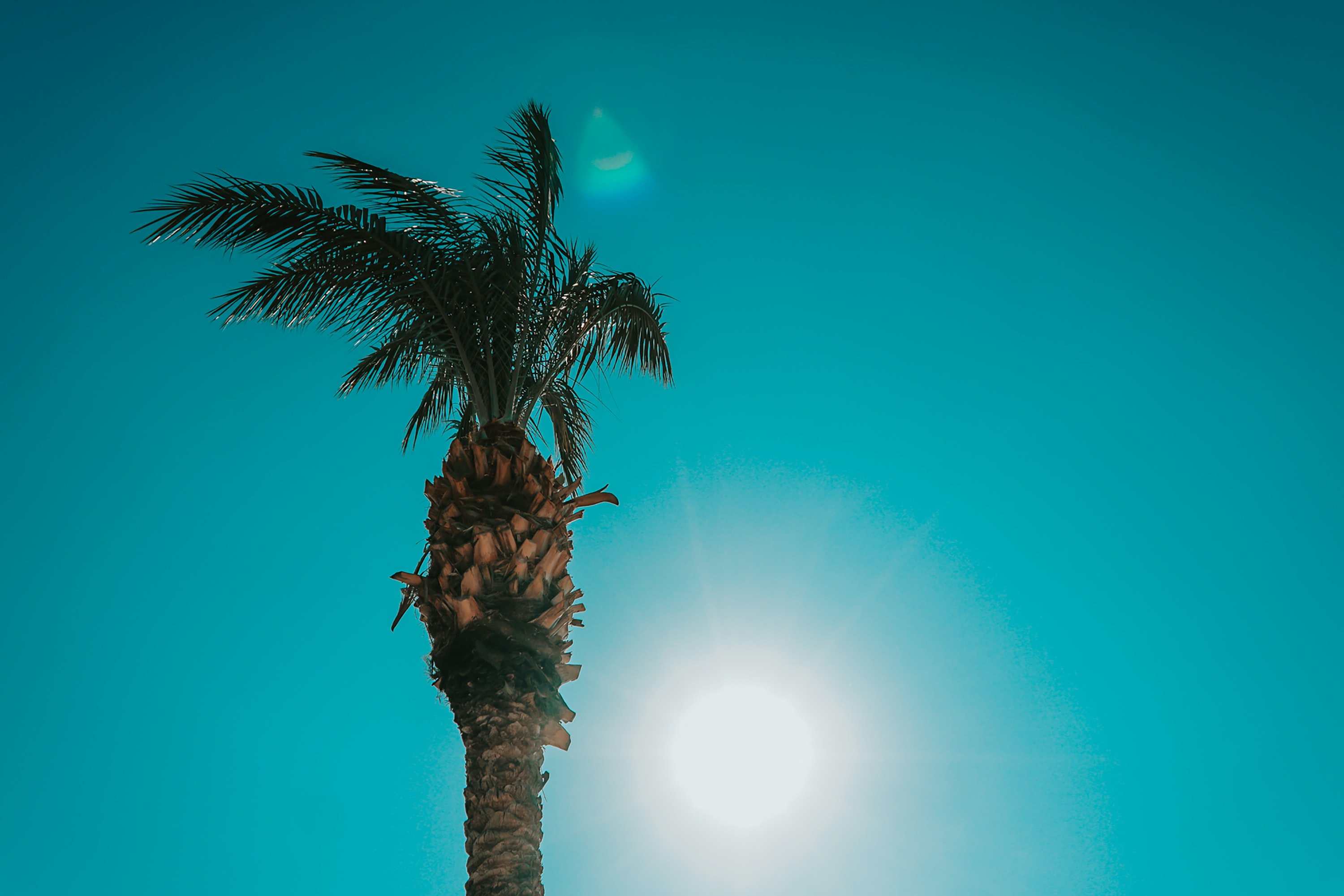
About Pátmos
For better or worse, it can be difficult to reach Patmos—for many travelers, this lack of access is definitely for the better, since the island retains the air of an unspoiled retreat. Rocky and barren, the small, 34-square-km (21-square-mi) island lies beyond the islands of Kalymnos and Leros, northwest of Kos. Here on a hillside is the Monastery of the Apocalypse, which enshrines the cave where St. John received the Revelation in AD 95. Scattered evidence of Mycenaean presence remains on Patmos, and walls of the classical period indicate the existence of a town near Skala. Most of the island's approximately 2,800 people live in three villages: Skala, medieval Chora, and the small rural settlement of Kambos. The island is popular among the faithful making pilgrimages to the monastery as well as with vacationing Athenians and a newly growing community of international trendsetters—designers, artists, poets, and “taste gurus” (to quote Vogue’s July 2011 write-up of the island)—who have bought homes in Chora. These stylemeisters followed in the footsteps of Alexandrian John Stefanidis and the English artist Teddy Millington-Drake who, in the early ’60s, set about creating what eventually became hailed as one of the most gorgeous island homes in the world. The word soon spread thanks to their many guests (who included Jacqueline Kennedy Onassis) but, happily, administrators have carefully contained development, and as a result, Patmos retains its charm and natural beauty—even in the busy month of August.

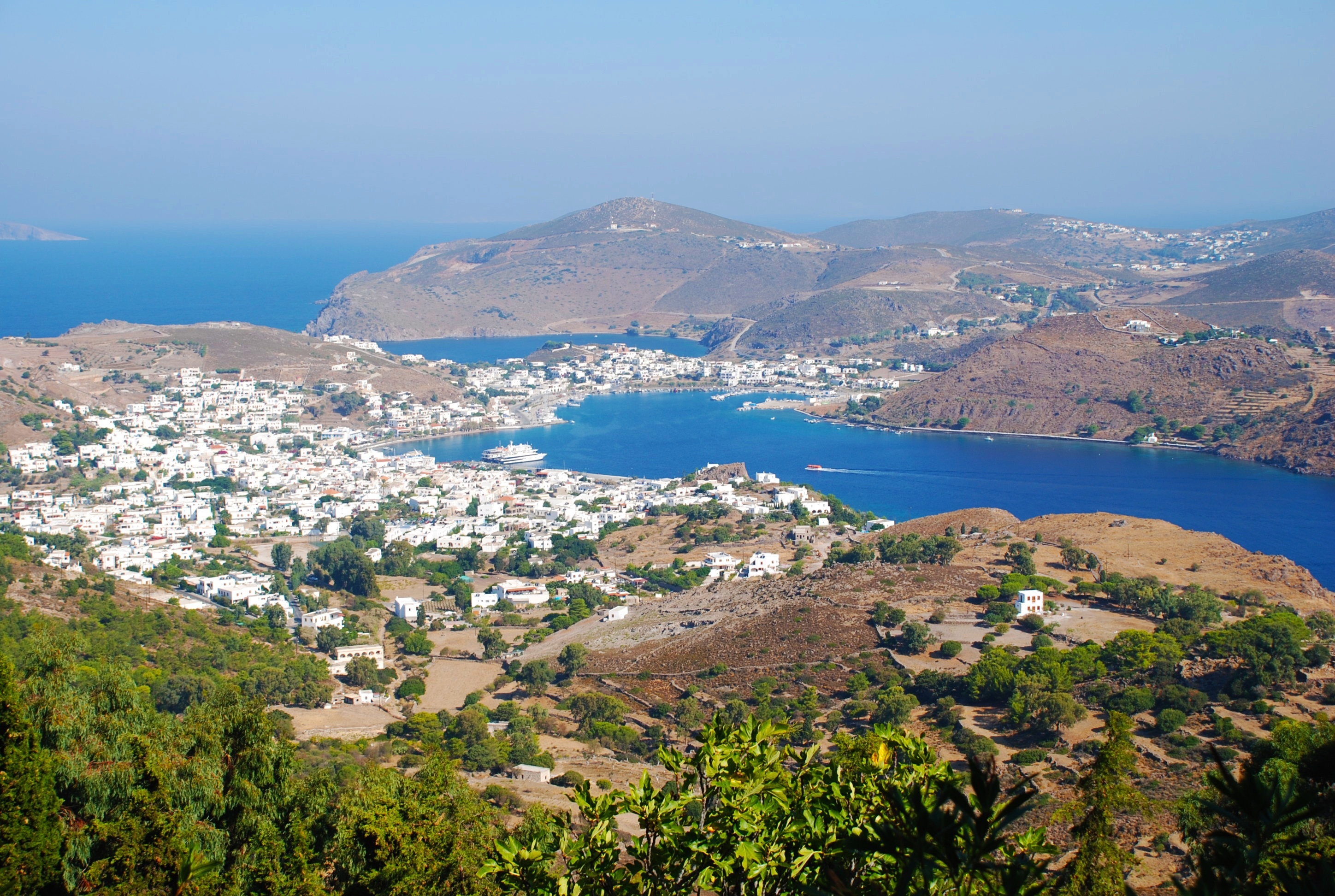
About Rhodes
Early travelers described Rhodes as a town of two parts: a castle or high town (Collachium) and a lower city. Today Rhodes town—sometimes referred to as Ródos town—is still a city of two parts: the Old Town, a UNESCO World Heritage site that incorporates the high town and lower city, and the modern metropolis, or New Town, spreading away from the walls that encircle the Old Town. The narrow streets of the Old Town are for the most part closed to cars and are lined with Orthodox and Catholic churches, Turkish houses (some of which follow the ancient orthogonal plan), and medieval public buildings with exterior staircases and facades elegantly constructed of well-cut limestone from Lindos. Careful reconstruction in recent years has enhanced the harmonious effect.
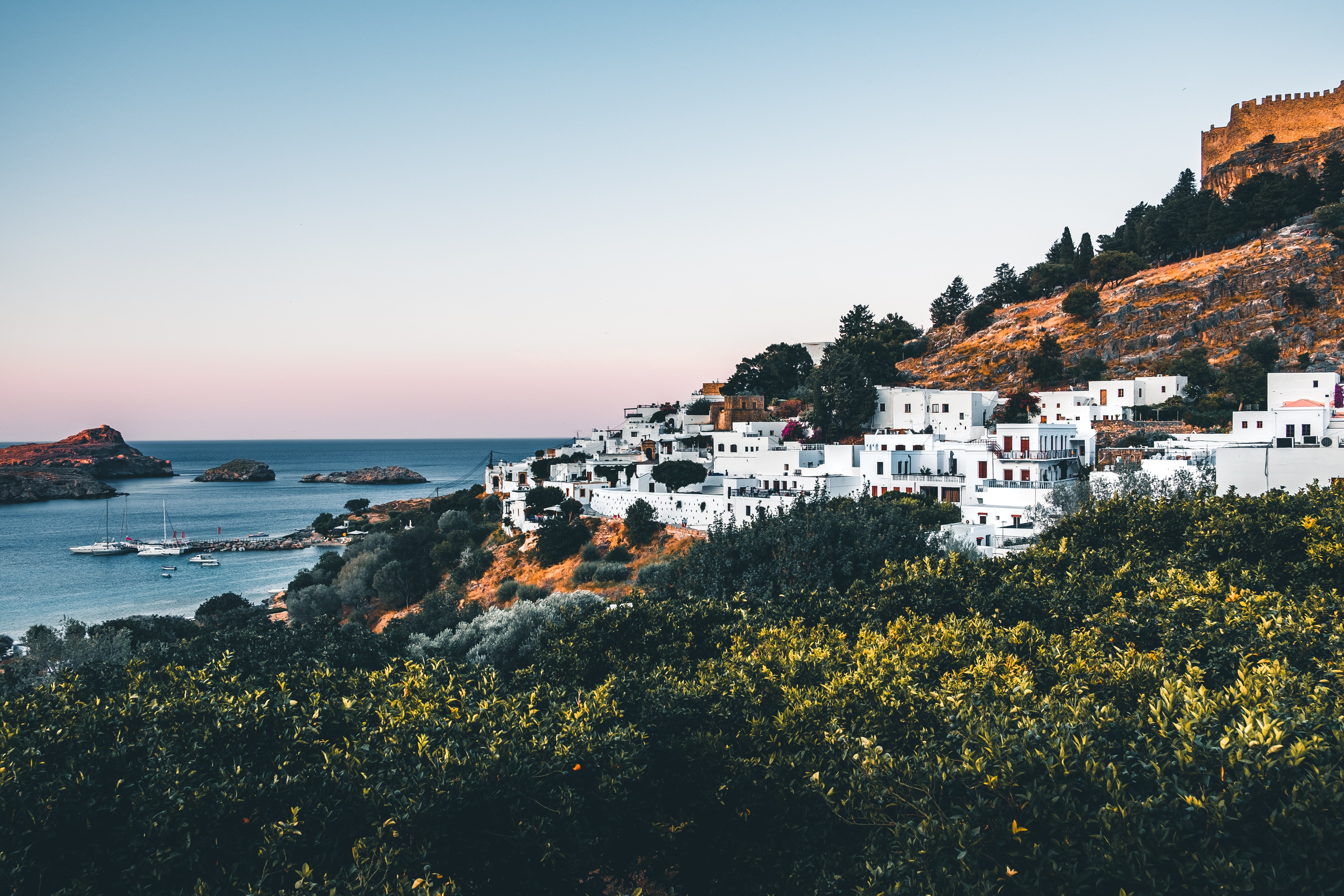


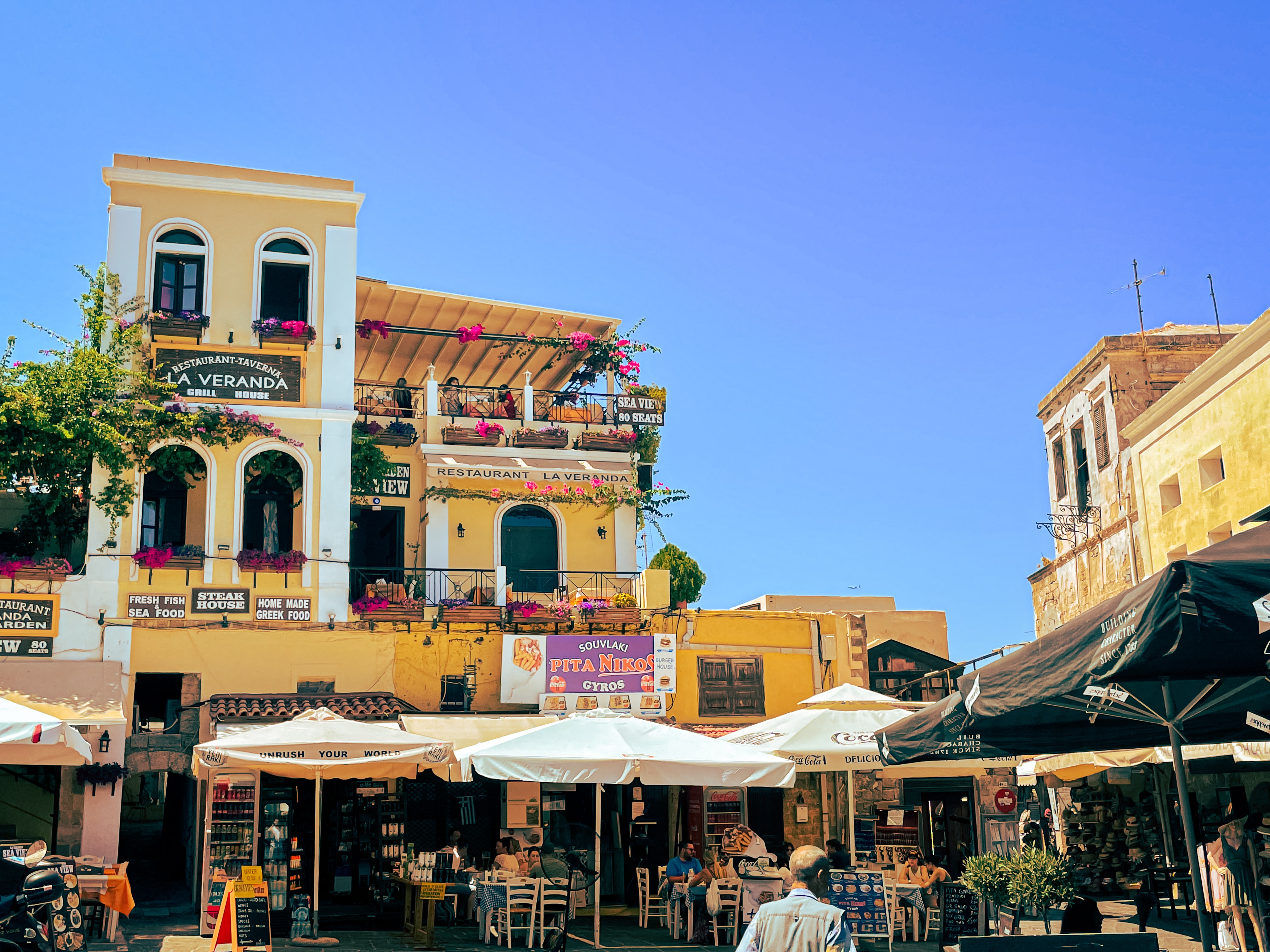


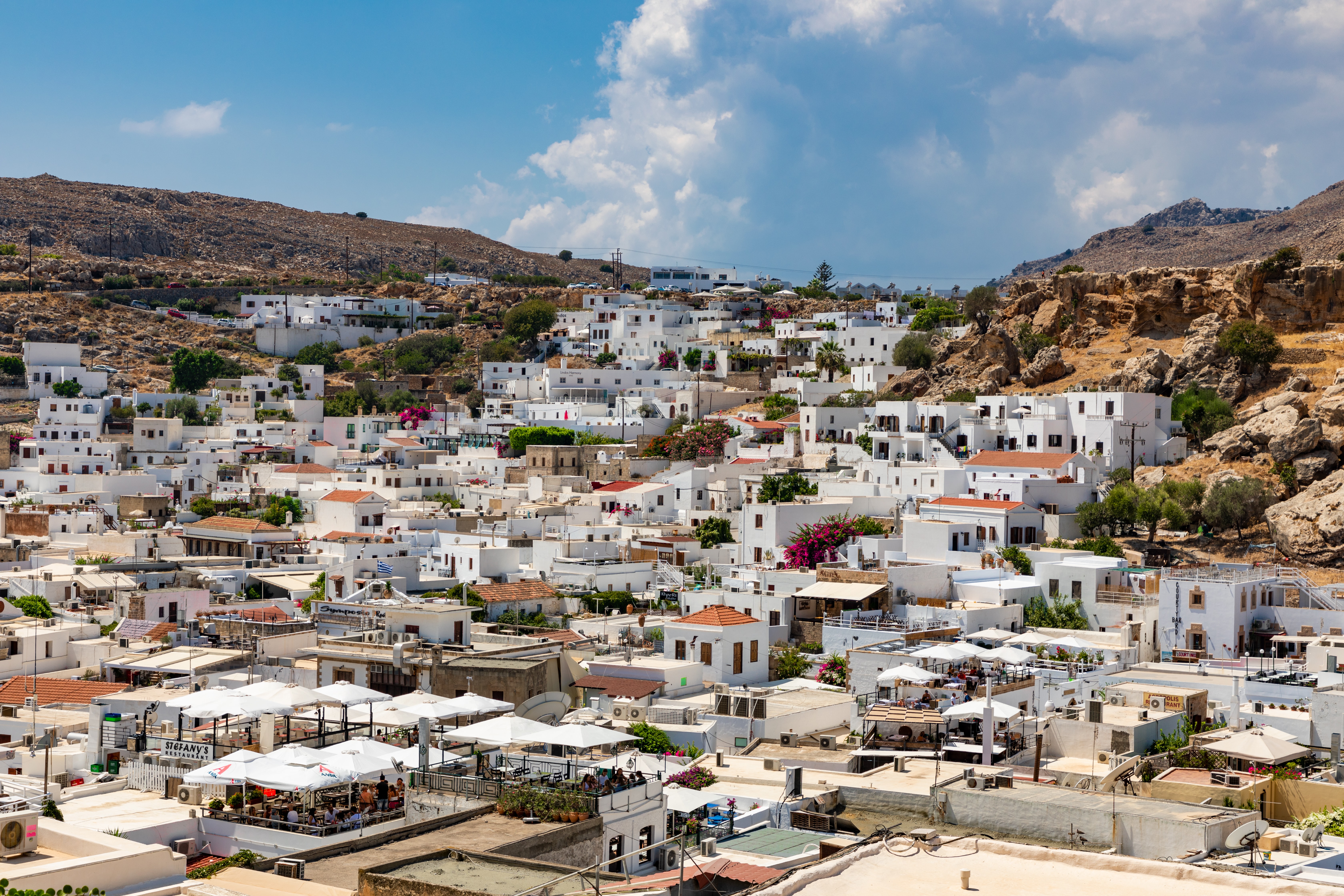
About Symi
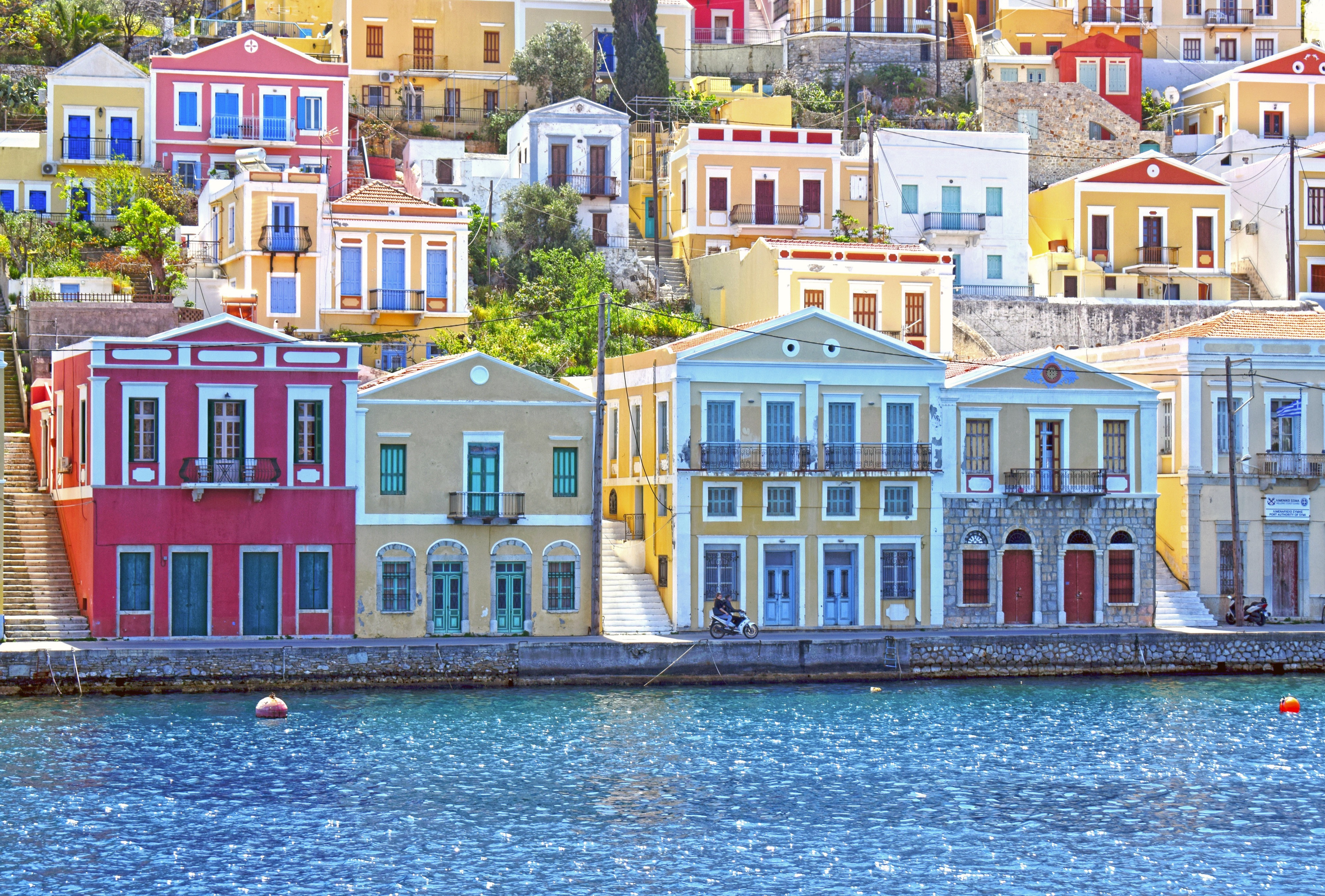
About Heraklion (Iraklion), Crete
Having been controlled by Arabic, Venetian and Ottoman empires over the years - it's no surprise that Heraklion is a diverse patchwork of exotic cultures and historical treasures. Celebrated as the birthplace of the Spanish Renaissance artist, El Greco, you can visit to explore the storied ruins of the Minoan empire's capital, and unearth the rich cultural treasures that Crete’s bustling modern capital has to offer.



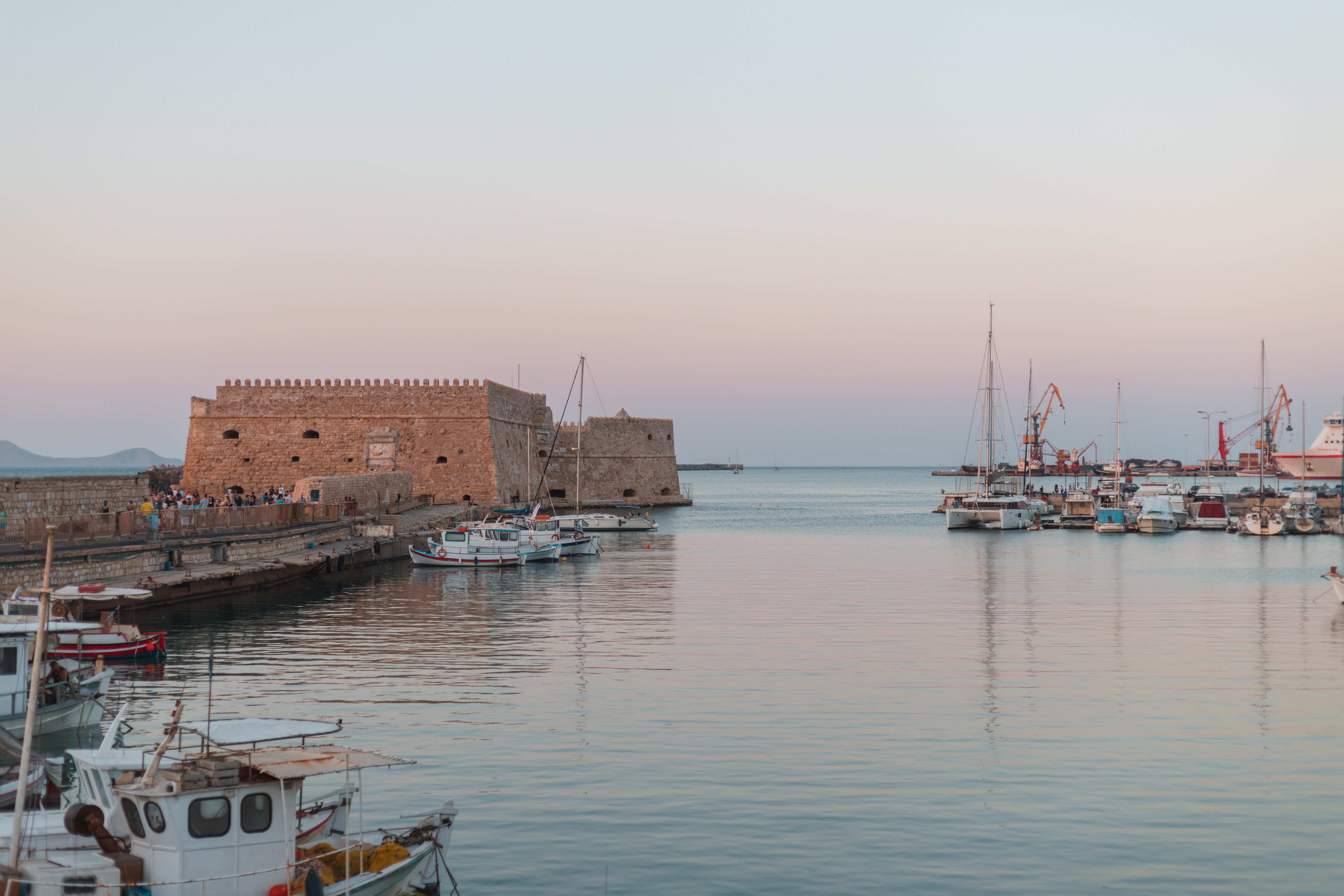


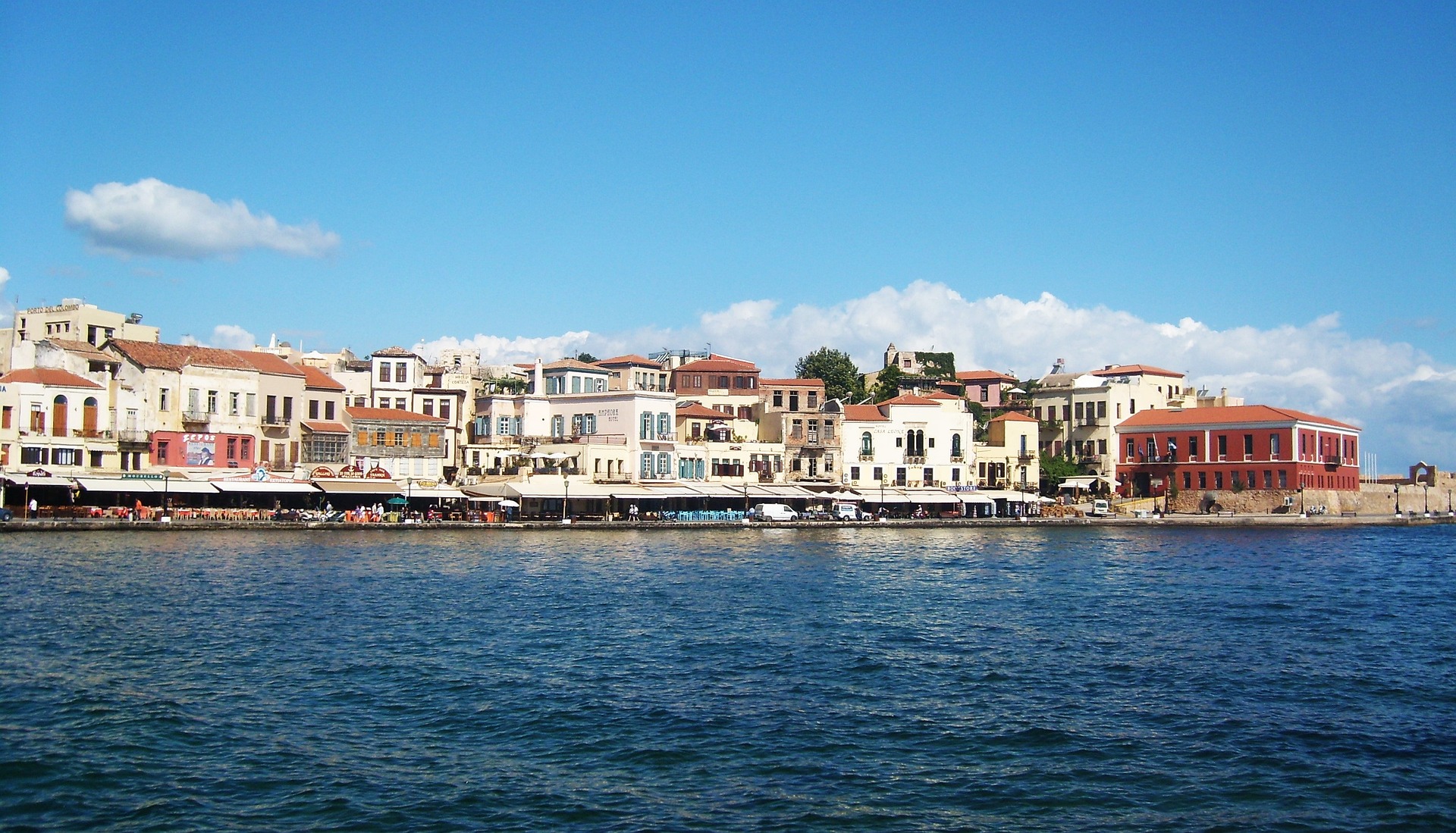
About Tinos


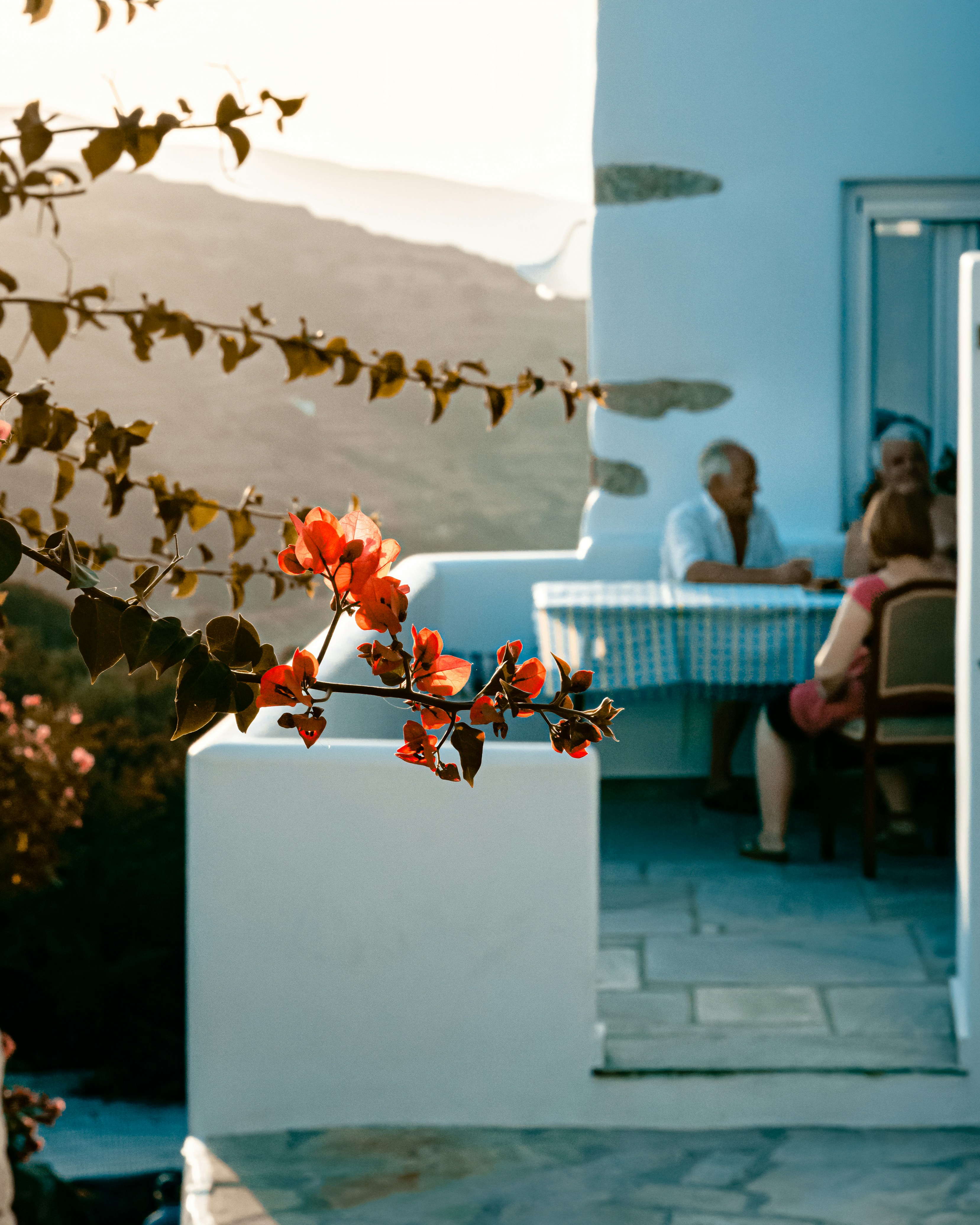

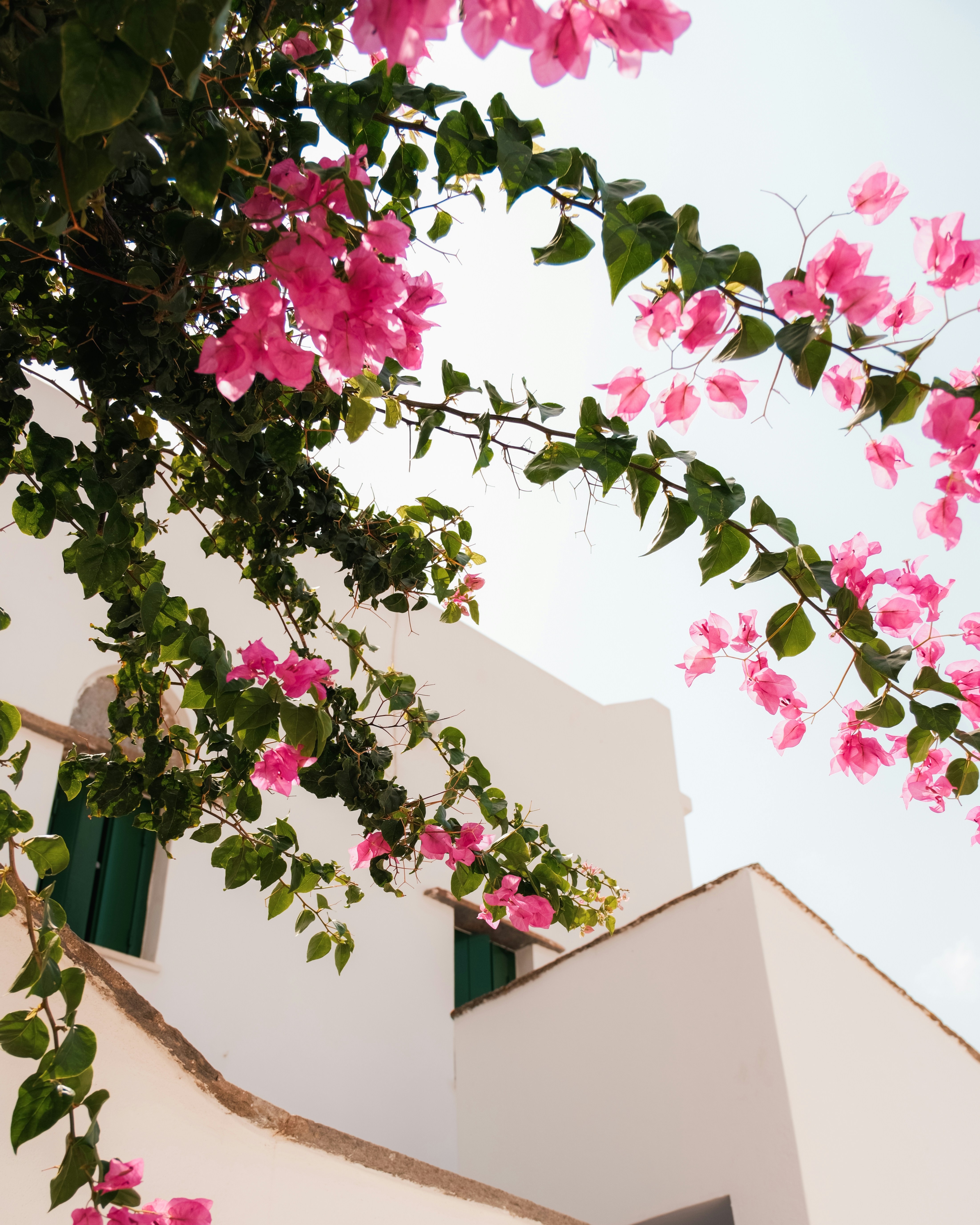
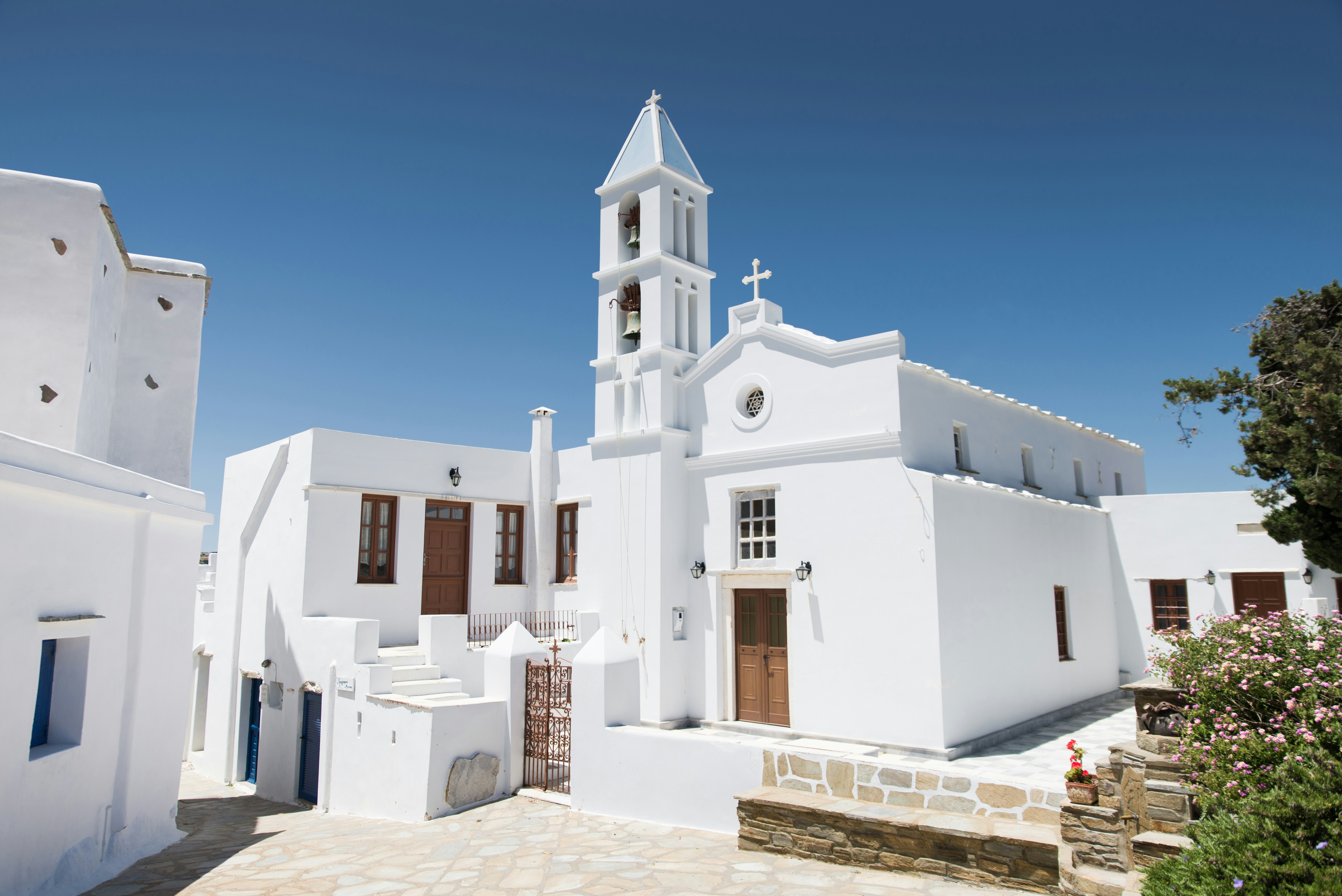


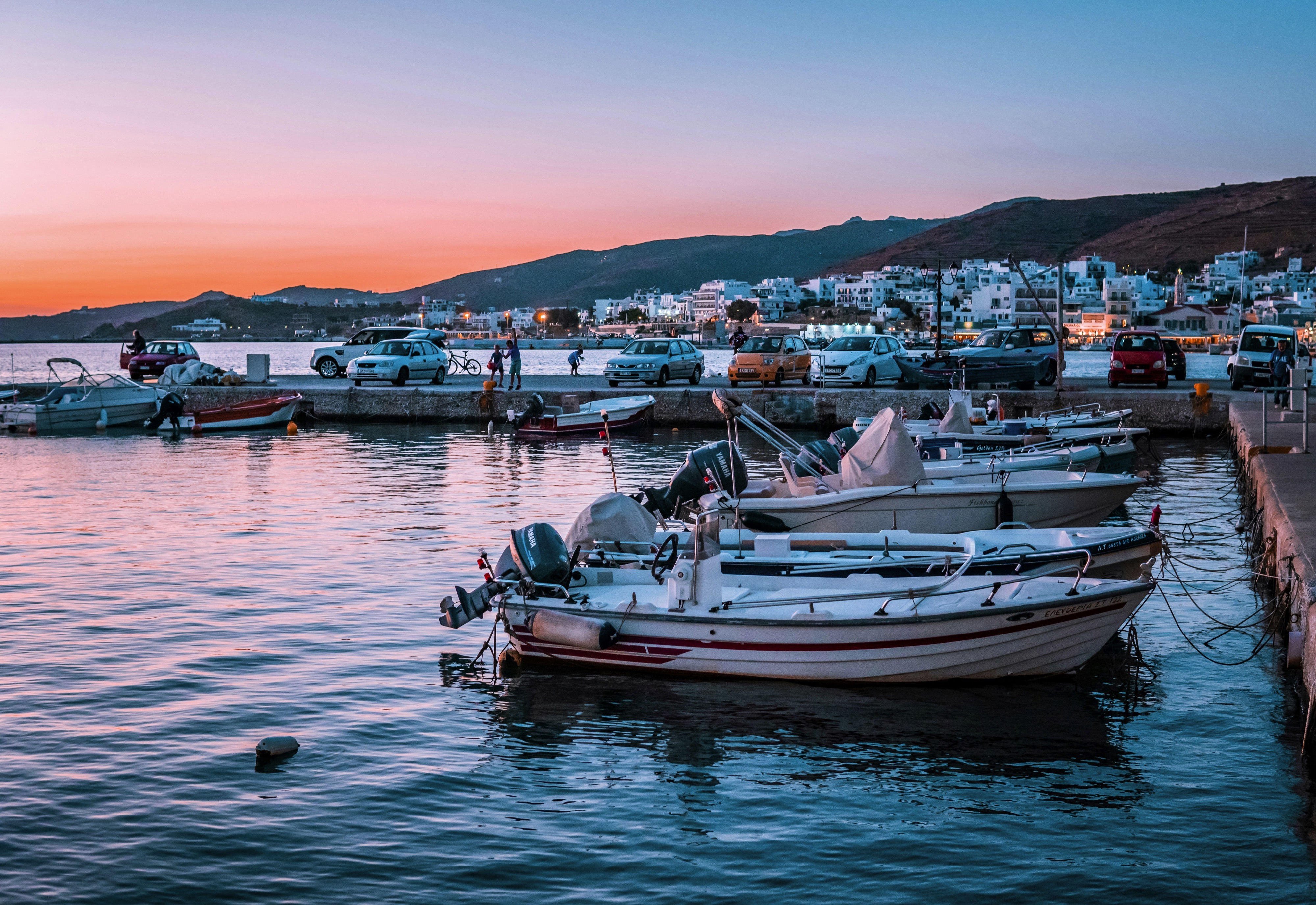
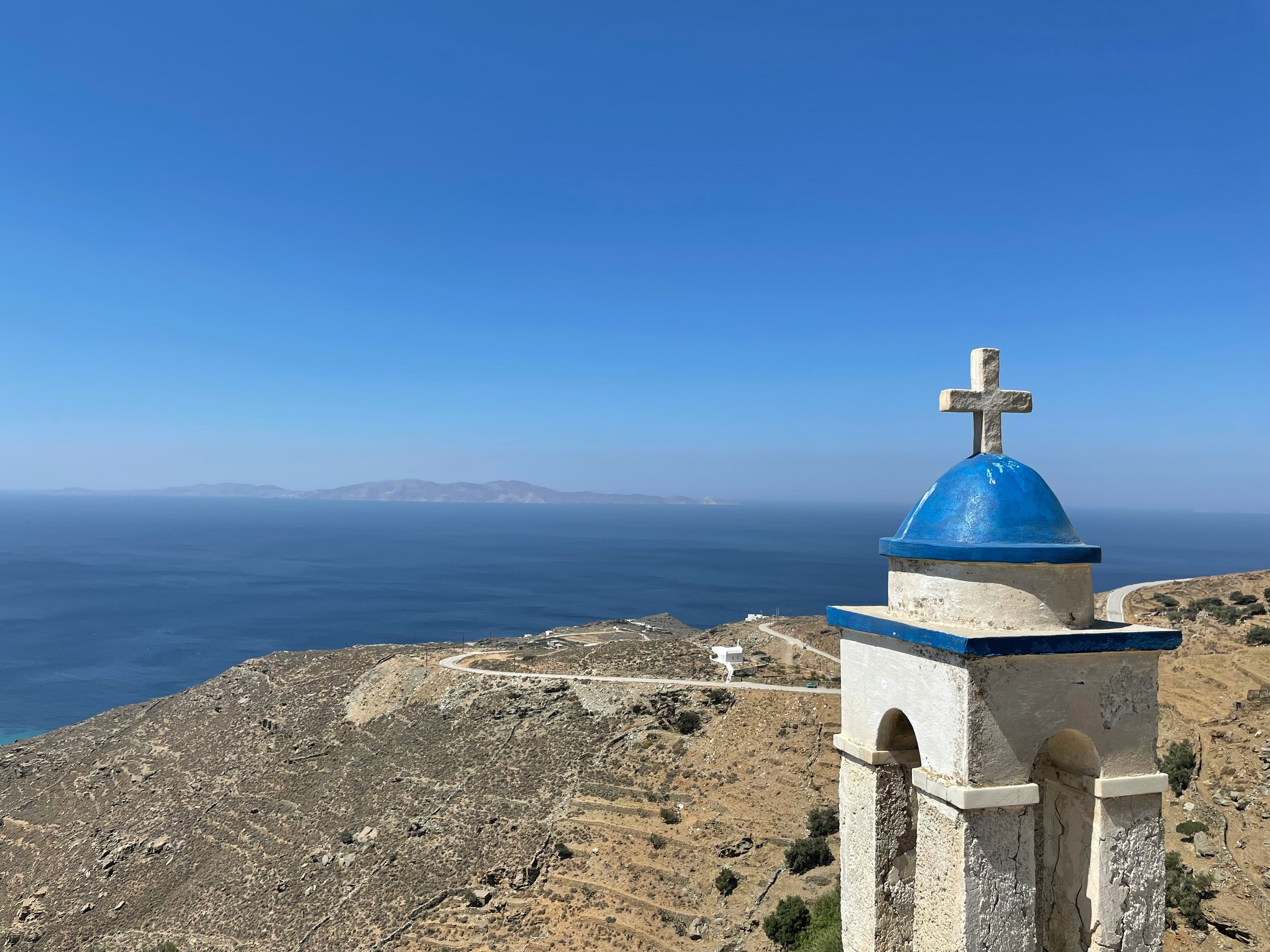
About Mykonos
Although the fishing boats still go out in good weather, Mykonos largely makes its living from tourism these days. The summer crowds have turned one of the poorest islands in Greece into one of the richest. Old Mykonians complain that their young, who have inherited stores where their grandfathers once sold eggs or wine, get so much rent that they have lost ambition, and in summer sit around pool bars at night with their friends, and hang out in Athens in winter when island life is less scintillating. Put firmly on the map by Jackie O in the 1960s, Mykonos town—called Hora by the locals—remains the Saint-Tropez of the Greek islands. The scenery is memorable, with its whitewashed streets, Little Venice, the Kato Myli ridge of windmills, and Kastro, the town's medieval quarter. Its cubical two- or three-story houses and churches, with their red or blue doors and domes and wooden balconies, have been long celebrated as some of the best examples of classic Cycladic architecture. Luckily, the Greek Archaeological Service decided to preserve the town, even when the Mykonians would have preferred to rebuild, and so the Old Town has been impressively preserved. Pink oleander, scarlet hibiscus, and trailing green pepper trees form a contrast amid the dazzling whiteness, whose frequent renewal with whitewash is required by law. Any visitor who has the pleasure of getting lost in its narrow streets (made all the narrower by the many outdoor stone staircases, which maximize housing space in the crowded village) will appreciate how its confusing layout was designed to foil pirates—if it was designed at all. After Mykonos fell under Turkish rule in 1537, the Ottomans allowed the islanders to arm their vessels against pirates, which had a contradictory effect: many of them found that raiding other islands was more profitable than tilling arid land. At the height of Aegean piracy, Mykonos was the principal headquarters of the corsair fleets—the place where pirates met their fellows, found willing women, and filled out their crews. Eventually the illicit activity evolved into a legitimate and thriving trade network. Morning on Mykonos town's main quay is busy with deliveries, visitors for the Delos boats, lazy breakfasters, and street cleaners dealing with the previous night's mess. In late morning the cruise-boat people arrive, and the shops are all open. In early afternoon, shaded outdoor tavernas are full of diners eating salads (Mykonos's produce is mostly imported); music is absent or kept low. In mid- and late afternoon, the town feels sleepy, since so many people are at the beach, on excursions, or sleeping in their air-conditioned rooms; even some tourist shops close for siesta. By sunset, people have come back from the beach, having taken their showers and rested. At night, the atmosphere in Mykonos ramps up. The cruise-boat people are mostly gone, coughing three-wheelers make no deliveries in the narrow streets, and everyone is dressed sexy for summer and starting to shimmy with the scene. Many shops stay open past midnight, the restaurants fill up, and the bars and discos make ice cubes as fast as they can. Ready to dive in? Begin your tour of Mykonos town (Hora) by starting out at its heart: Mando Mavrogenous Square.




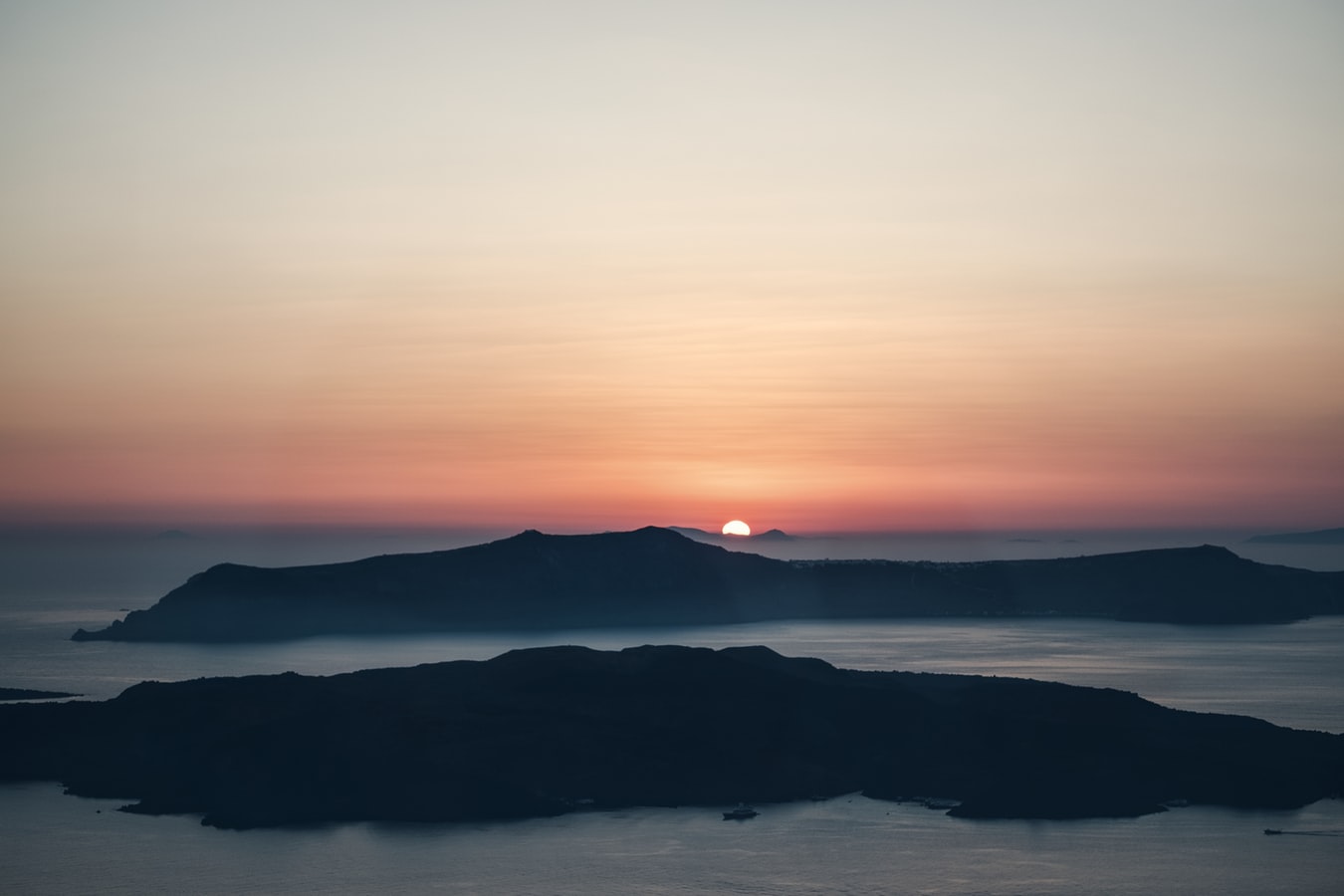

About Mykonos
Although the fishing boats still go out in good weather, Mykonos largely makes its living from tourism these days. The summer crowds have turned one of the poorest islands in Greece into one of the richest. Old Mykonians complain that their young, who have inherited stores where their grandfathers once sold eggs or wine, get so much rent that they have lost ambition, and in summer sit around pool bars at night with their friends, and hang out in Athens in winter when island life is less scintillating. Put firmly on the map by Jackie O in the 1960s, Mykonos town—called Hora by the locals—remains the Saint-Tropez of the Greek islands. The scenery is memorable, with its whitewashed streets, Little Venice, the Kato Myli ridge of windmills, and Kastro, the town's medieval quarter. Its cubical two- or three-story houses and churches, with their red or blue doors and domes and wooden balconies, have been long celebrated as some of the best examples of classic Cycladic architecture. Luckily, the Greek Archaeological Service decided to preserve the town, even when the Mykonians would have preferred to rebuild, and so the Old Town has been impressively preserved. Pink oleander, scarlet hibiscus, and trailing green pepper trees form a contrast amid the dazzling whiteness, whose frequent renewal with whitewash is required by law. Any visitor who has the pleasure of getting lost in its narrow streets (made all the narrower by the many outdoor stone staircases, which maximize housing space in the crowded village) will appreciate how its confusing layout was designed to foil pirates—if it was designed at all. After Mykonos fell under Turkish rule in 1537, the Ottomans allowed the islanders to arm their vessels against pirates, which had a contradictory effect: many of them found that raiding other islands was more profitable than tilling arid land. At the height of Aegean piracy, Mykonos was the principal headquarters of the corsair fleets—the place where pirates met their fellows, found willing women, and filled out their crews. Eventually the illicit activity evolved into a legitimate and thriving trade network. Morning on Mykonos town's main quay is busy with deliveries, visitors for the Delos boats, lazy breakfasters, and street cleaners dealing with the previous night's mess. In late morning the cruise-boat people arrive, and the shops are all open. In early afternoon, shaded outdoor tavernas are full of diners eating salads (Mykonos's produce is mostly imported); music is absent or kept low. In mid- and late afternoon, the town feels sleepy, since so many people are at the beach, on excursions, or sleeping in their air-conditioned rooms; even some tourist shops close for siesta. By sunset, people have come back from the beach, having taken their showers and rested. At night, the atmosphere in Mykonos ramps up. The cruise-boat people are mostly gone, coughing three-wheelers make no deliveries in the narrow streets, and everyone is dressed sexy for summer and starting to shimmy with the scene. Many shops stay open past midnight, the restaurants fill up, and the bars and discos make ice cubes as fast as they can. Ready to dive in? Begin your tour of Mykonos town (Hora) by starting out at its heart: Mando Mavrogenous Square.






About Kythnos

About Piraeus
It's no wonder that all roads lead to the fascinating and maddening metropolis of Athens. Lift your eyes 200 feet above the city to the Parthenon, its honey-color marble columns rising from a massive limestone base, and you behold architectural perfection that has not been surpassed in 2,500 years. But, today, this shrine of classical form dominates a 21st-century boomtown. To experience Athens—Athína in Greek—fully is to understand the essence of Greece: ancient monuments surviving in a sea of cement, startling beauty amid the squalor, tradition juxtaposed with modernity. Locals depend on humor and flexibility to deal with the chaos; you should do the same. The rewards are immense. Although Athens covers a huge area, the major landmarks of the ancient Greek, Roman, and Byzantine periods are close to the modern city center. You can easily walk from the Acropolis to many other key sites, taking time to browse in shops and relax in cafés and tavernas along the way. From many quarters of the city you can glimpse "the glory that was Greece" in the form of the Acropolis looming above the horizon, but only by actually climbing that rocky precipice can you feel the impact of the ancient settlement. The Acropolis and Filopappou, two craggy hills sitting side by side; the ancient Agora (marketplace); and Kerameikos, the first cemetery, form the core of ancient and Roman Athens. Along the Unification of Archaeological Sites promenade, you can follow stone-paved, tree-lined walkways from site to site, undisturbed by traffic. Cars have also been banned or reduced in other streets in the historical center. In the National Archaeological Museum, vast numbers of artifacts illustrate the many millennia of Greek civilization; smaller museums such as the Goulandris Museum of Cycladic Art Museum and the Byzantine and Christian Museum illuminate the history of particular regions or periods. Athens may seem like one huge city, but it is really a conglomeration of neighborhoods with distinctive characters. The Eastern influences that prevailed during the 400-year rule of the Ottoman Empire are still evident in Monastiraki, the bazaar area near the foot of the Acropolis. On the northern slope of the Acropolis, stroll through Plaka (if possible by moonlight), an area of tranquil streets lined with renovated mansions, to get the flavor of the 19th-century's gracious lifestyle. The narrow lanes of Anafiotika, a section of Plaka, thread past tiny churches and small, color-washed houses with wooden upper stories, recalling a Cycladic island village. In this maze of winding streets, vestiges of the older city are everywhere: crumbling stairways lined with festive tavernas; dank cellars filled with wine vats; occasionally a court or diminutive garden, enclosed within high walls and filled with magnolia trees and the flaming trumpet-shaped flowers of hibiscus bushes. Formerly run-down old quarters, such as Thission, Gazi and Psirri, popular nightlife areas filled with bars and mezedopoleia (similar to tapas bars), are now in the process of gentrification, although they still retain much of their original charm, as does the colorful produce and meat market on Athinas. The area around Syntagma Square, the tourist hub, and Omonia Square, the commercial heart of the city about 1 km (½ mi) northwest, is distinctly European, having been designed by the court architects of King Otho, a Bavarian, in the 19th century. The chic shops and bistros of ritzy Kolonaki nestle at the foot of Mt. Lycabettus, Athens's highest hill (909 feet). Each of Athens's outlying suburbs has a distinctive character: in the north is wealthy, tree-lined Kifissia, once a summer resort for aristocratic Athenians, and in the south and southeast lie Glyfada, Voula, and Vouliagmeni, with their sandy beaches, seaside bars, and lively summer nightlife. Just beyond the city's southern fringes is Piraeus, a bustling port city of waterside fish tavernas and Saronic Gulf views.







This premium suite (447 sq. ft. / 41.53 sq. meters) includes a thoughtfully appointed separate master bedroom with a permanent queen size bed and a flat-screen TV. The suite features a large master bathroom with a massage shower and a separate soaking tub with views of the sea. A spacious living area with a flat-screen TV, writing desk, and ½ guest bath. There is also a dining area suitable for hosting your friends and family. The Owner’s Suite is suite number 315 on both yachts, located mid-ship on Deck 3 – Close to the pool (aft, deck 3).
Additional Amenities:
- Well-stocked beverage refrigerator
- 2 – 55″ flat-screen TVs with “Infotainment”
- Nespresso® coffee machine
- Direct-dial telephone
- Safe
- Climate Control
- Make-Up Mirror
- Elm Organics bath amenities
- Hair dryer
- Superior Belgian bed & bath linens
- Luxury Bath Robes & Slippers
- Wooden & Padded Silk clothes hangers
- 24-hour in-stateroom “Small Bites” menu
- Wifi Available



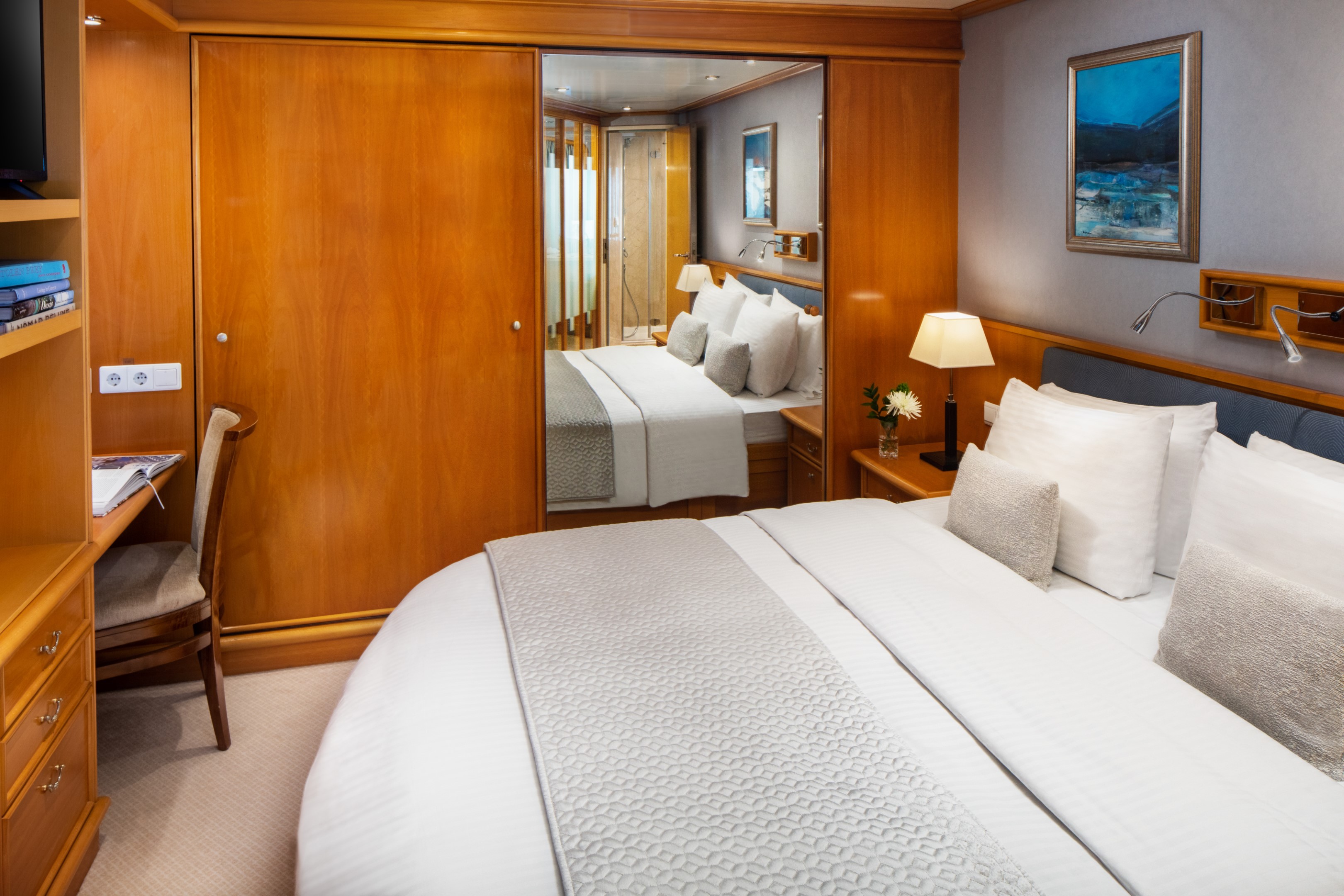
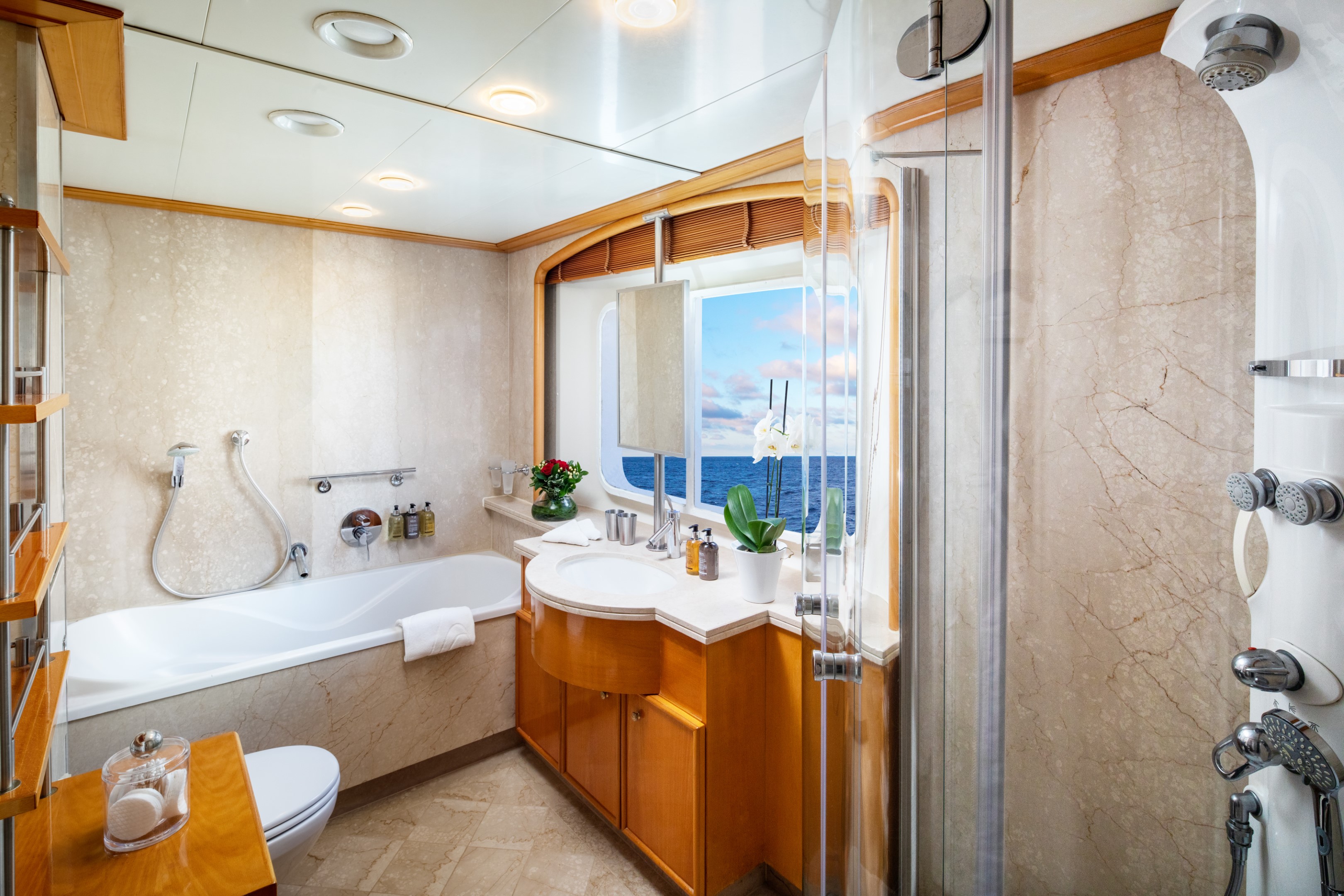


Enjoy 375 sq. ft. / 34.8 sq. meters of living space with ocean views from a total of 3 picture windows. Partitioned living and dining areas with ½ guest bath and closet. Separate and private en-suite master bedroom with permanent queen bed and closet. Marble-lined bathroom with multi-jet shower and soaking tub. Built-in dresser with writing desk. The Admiral Suite is Suite 400 on both yachts and is near the Library.
Additional Amenities:
- Well-stocked beverage refrigerator
- 2 – 55″ flat-screen TVs with “Infotainment”
- Nespresso® coffee machine
- Direct-dial telephone
- Safe
- Climate Control
- Make-Up Mirror
- Elm Organics bath amenities
- Hair dryer
- Superior Belgian bed & bath linens
- Luxury Bath Robes & Slippers
- Wooden & Padded Silk clothes hangers
- 24-hour in-stateroom “Small Bites” menu
- Wifi Available



We combine two Yacht Club Staterooms to create a beautiful and spacious Commodore Suite. These comfortably appointed ocean-view suites provide a choice of two twin beds or a queen-size bed, two full marble-lined bathrooms with multi-jet showers, a seating area with sofa, coordinated chair and cocktail table, 2 spacious closets, and built-in dressers with writing desk. Configuration allows for either an additional permanent queen bed or dining area. There are eight possible Commodore Suites and they average 390 spacious sq. ft. / 36.23 sq. meters. Commodore Suites on Deck 2 feature four (4) 17” round windows instead of 2 picture windows found in Deck 3 Commodore Suites. Deck 3 Commodore Suites are close to the Pool and Main Salon.
Additional Amenities:
- Well-stocked beverage refrigerator
- 2 – 55″ flat-screen TVs with “Infotainment”
- Direct-dial telephone
- Safe
- Climate Control
- Make-Up Mirror
- Hair dryer
- Elm Organics bath amenities
- Superior Belgian bed & bath linens
- Luxury Bath Robes & Slippers
- Wooden & Padded Silk clothes hangers
- 24-hour in-stateroom “Small Bites” menu
- Wifi Available

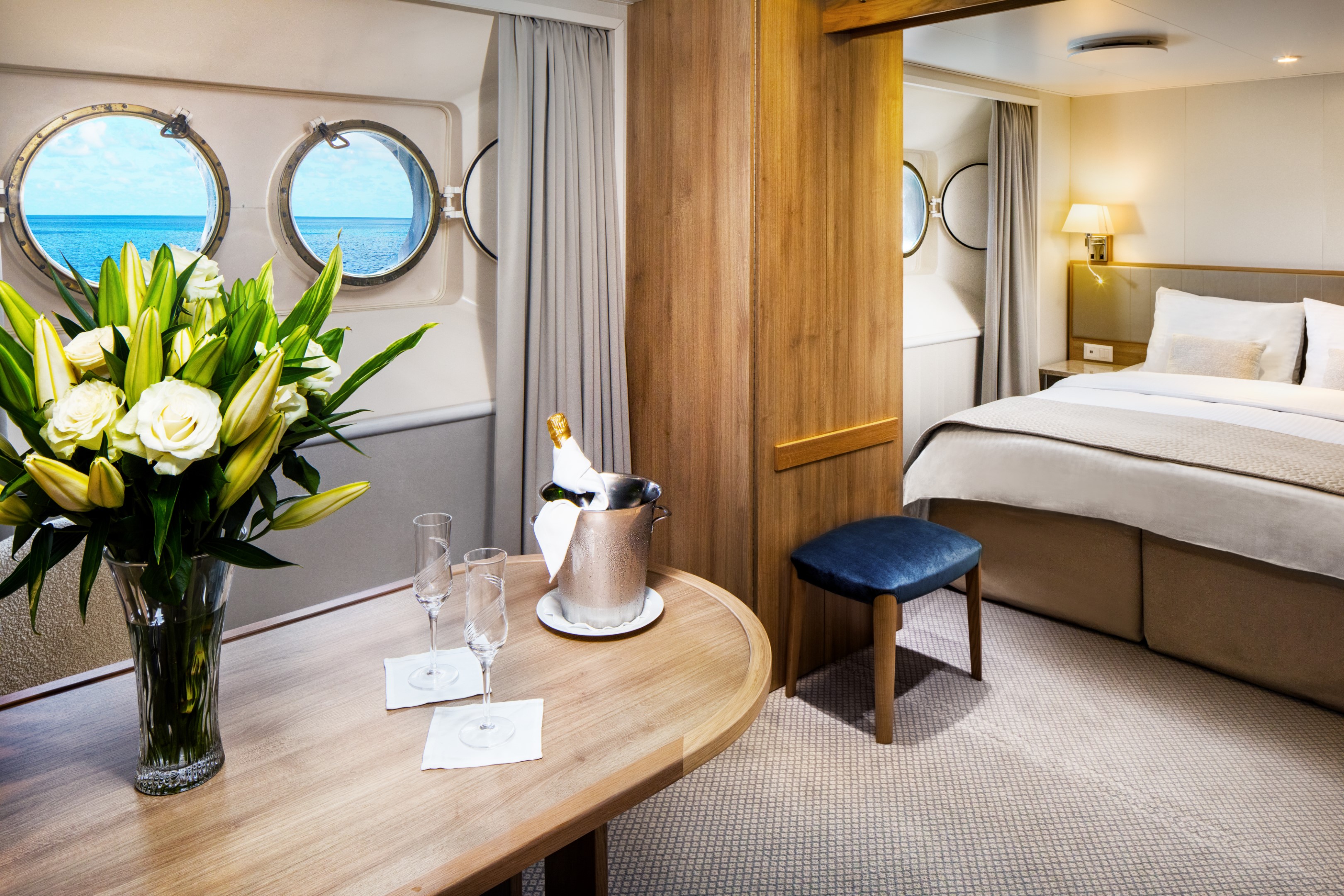
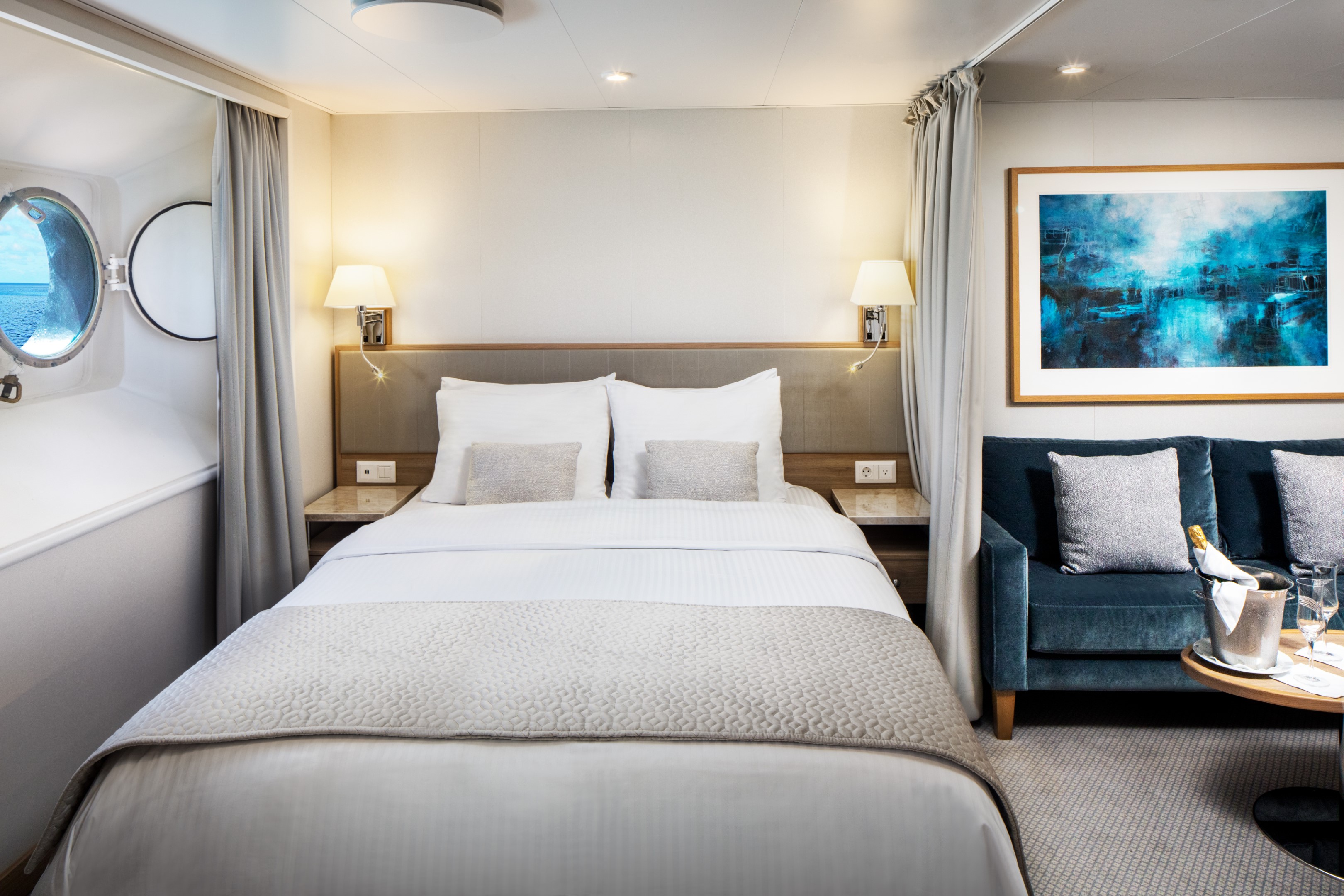

Yacht Club Deck 3 & 4 staterooms average 195 sq.ft./18.12 sq. meters. These picture window ocean view staterooms include a marble-lined bathroom in select staterooms with a multi-jet shower and a well-appointed open living area with sofa, chair, cocktail table, and built-in dresser with writing desk. Most staterooms offer a choice of 2 twin beds or 1 queen bed. Please contact the reservations team to confirm your choice. Deck 4 staterooms enjoy close proximity to the SeaDream Spa, Fitness Centre, and Library. Deck 3 is the perfect location for guests who desire to be just feet from the pool.
Additional Amenities:
- Well-stocked beverage refrigerator
- 55″ flat-screen TV with “Infotainment”
- Direct-dial telephone
- Safe
- Climate Control
- Make-Up Mirror
- Hair dryer
- Elm Organics bath amenities
- Superior Belgian bed & bath linens
- Luxury Bath Robes & Slippers
- Wooden & Padded Silk clothes hangers
- 24-hour in-stateroom “Small Bites” menu
- Wifi Available




Yacht Club Deck 2 staterooms average 195 sq.ft./18.12 sq. meters. These ocean view staterooms include a marble-lined bathroom in select staterooms with a multi-jet shower and a well-appointed open living area with sofa, chair, cocktail table, built-in dresser with writing desk, and ample closet space. Most staterooms offer a choice of 2 twin beds or 1 queen bed. Please contact the reservations team to confirm your choice. Yacht Club Deck 2 staterooms feature two (2) 17” round windows instead of a picture window.
Additional Amenities:
- Well-stocked beverage refrigerator
- 55″ flat-screen TV with “Infotainment”
- Direct-dial telephone
- Safe
- Climate Control
- Make-Up Mirror
- Hair dryer
- Elm Organics bath amenities
- Superior Belgian bed & bath linens
- Luxury Bath Robes & Slippers
- Wooden & Padded Silk clothes hangers
- 24-hour in-stateroom “Small Bites” menu
- Wifi Available




SeaDream I
Named “Best Small Luxury Cruise Ship of 2015” in ForbesLife, twin mega-yachts SeaDream I & II are intimate boutique ships that provide a unique travelling experience unlike any other cruise vacation. The expression “yachting” is not only a statement about size; it’s a lifestyle aboard our intimate vessels with the service of 95 crew members and 112 guests that make each guest feel like they are on their very own private luxury yacht. Chic and stylish, SeaDream’s 56-stateroom yachts are favoured for its elegant informality, highly personal service, inclusive open bar and gratuities, all ocean views staterooms and suites, luxury accommodations and world-class cuisine.
Excellence Begins at Embarkation
We welcome guests with the “SeaDream treatment” from the moment they come aboard. The yachting experience begins with a warm welcome from the captain with cocktails and hors d’oeuvres. The rest is up to you. Whether by day or night lounging on our signature Balinese Dream Beds, indulging in our Dream Cuisine, sipping a SeaDream cocktail at the back of the yacht, relaxing in the SeaDream Spa or being active with our Watersports Marina, this is your yacht, make it uniquely yours.

Ship Facts
| Launch Year | 1984 | ||||||||
| Refit Year | 2022 | ||||||||
| Language | en | ||||||||
| Gross Tonnage | 4300 | ||||||||
| Length | 105 | ||||||||
| Width | 14 | ||||||||
| Currency | USD | ||||||||
| Speed | 15 | ||||||||
| Capacity | 112 | ||||||||
| Crew Count | 95 | ||||||||
| Deck Count | 5 | ||||||||
| Cabin Count | 56 | ||||||||
| Large Cabin Count | 0 | ||||||||
| Wheelchair Cabin Count | 0 | ||||||||
| Electrical Plugs |
|
Deck 6
- Balinese Dream Beds
- Top Of The Yacht Bar
- Golf Simulator
- Sun Deck & Sun Beds
- Couples Hot Tubs

Deck 5
- Topside Restaurant
- Medical Facility
- Open Promenade
- Elevator
- Bridge

Deck 4
- Al Fresco Dining & Lounging
- Library
- Piano Bar
- Casino
- Admiral Suite
- SeaDream Spa
- Fitness Centre
- Beauty Salon
- Elevator
- Yacht Club Staterooms
- Admiral Suite

Deck 3
- Pool / Hot Tub
- Pool Bar
- Card Room
- Main Salon / Main Salon Bar
- Concierge & Boutique
- Yacht Club Staterooms
- Commodore Suites
- Owner's Suite

Deck 2
- Retractable Water Sports Platform Marina
- Dining Salon
- Yacht Club Staterooms
- Commodore Suites

A Gastronomical Experience
Experience what wining & dining on your very own yacht would be like with our expert chefs and sommeliers. We are dedicated to offer the best experience possible for each of our guests, including excellent gourmet dishes and the finest wine selection at sea. Our multi-course menu is specially designed with elegant, light portions in mind so that an entire service may be enjoyed, from introductory first courses, to decadent desserts, to expertly paired wines. It’s a gastronomical experience that will have you indulging in every bite. Bon Appétit!
Signature Dream Cuisine
Dining aboard our luxurious yachts is wherever and with whomever you choose. Selections are hand-crafted for every diet and taste, from plant-based meals to perfectly aged steaks and everything in between. All cuisine is prepared a la minute and served al fresco or in the elegant dining salon, with international menus that incorporate local flavours of the region with the freshest, high-quality ingredients and wine lists inspired by your destination. In true yachting style, our dining spaces can accommodate all 112 guests dining together either indoors or al fresco.
Aside from the main menu, SeaDream offers an “Always Available”, à la carte SeaDream selection of favourite cuisine dishes. Dining experiences also include Welcome Aboard cocktails and hors d’oeuvres, daily Early Risers Coffee, Topside Restaurant lunch dining, poolside sandwiches, afternoon snacks, tea service and freshly baked Small-Batch Dream Cookies and pastries. SeaDream’s menus also incorporate gourmet coffees and herbal tea selections, which are available anytime upon request.
Plant-Based & Organic Cuisine
As a pioneer in the living foods movement, we have carefully curated a variety of delicious and nutritious plant-based dishes that showcase the best of local and seasonal ingredients, providing a suite of healthy and sustainable dining choices. Expect a wide range of creative and flavourful vegan dishes, such as freshly prepared salads, hearty soups, flavourful stir-fries, and delectable desserts, all made with sustainable and locally sourced ingredients, including flavours from local farmers’ markets.
Specialty Options
In addition to vegan dining, SeaDream Yacht Club offers a range of other dietary options to cater to various preferences and dietary needs. Whether you are vegetarian, gluten-free, high-protein, or pescatarian, our culinary team is dedicated to ensuring that your dining experience on board is nothing short of exceptional. We even provide guests with Keto-friendly selections to accommodate those with specific dietary requirements.
Topside Restaurant
Indulge in a Signature SeaDream experience with our gourmet 5-star dining, prepared à la minute and served al fresco at the Topside Restaurant.
Aside from the main menu, SeaDream offers an “Always Available”, à la carte SeaDream selection of favourite cuisine dishes. Dining experiences also include Welcome Aboard cocktails and hors d’oeuvres, daily Early Risers Coffee, Topside Restaurant lunch dining, poolside sandwiches, afternoon snacks, tea service and freshly baked Small-Batch Dream Cookies and pastries. SeaDream’s menus also incorporate gourmet coffees and herbal tea selections, which are available anytime upon request.
Dining Salon
Indulge in a Signature SeaDream experience with our gourmet 5-star dining in the elegant Dining Salon. Immerse yourself with delectable flavours with selections like a guest favourite- L’oeuf Poule Au Caviar “Surprise”, succulent lobster, filet mignon, and delectable desserts.
Desert Extravaganza
The voyage of a lifetime deserves the dessert of a lifetime. Our Dessert Extravaganza is an elegant, after dinner gathering. The star of this party is the delectable display of desserts including baked treats, tarts, pies, cakes, ice cream and bananas foster. The perfect end to the perfect day.
An elegant, after dinner gathering. The star of this party is the delectable display of desserts including baked treats, tarts, pies, cakes, ice cream and bananas foster. Your favourite libation, music, fresh ocean air and the twinkle of candles and stars make this the perfect ending to another special SeaDream day
Healthy Corner and Raw & Living Menu
Raw, Vegan & Organic
The only “raw food” or “living food” menu at sea, guests have the option of experiencing an array of dishes prepared only with raw, organic and vegan ingredients, none of which are heated above 118º F. The menu, created in conjunction with the Hippocrates Health Institute even includes dessert options, highlighting light yet indulgent selections. Explore Raw and Living Food onboard Seadream.
Healthy Corner
Create your own healthy dish with our healthy corner. It’s all about choices. Customise your lunch with the following, healthy and organic selections: Alfalfa Sprouts • Fresh Vegetable Crudities • Rocket Lettuce • Lemon Wedges • Raw Capsicum • Raw Broccoli • Raw Cauliflower • Raw Red Radish • Raw Carrot Julienne • Raw Mushroom Slices • Lightly blanched Asparagus • Roasted Pignolias • Roasted pecan Nuts • Roasted Sesame Seeds • Sundried Tomato Tapenade • Black Olive Tapenade • Green Olive Tapenade • Artichoke Tapenade • Organic Olive Oil • Organic Sesame Oil • Braggs Aminos • Tamari
Specialty Options
Aside from the Raw Food Menu, SeaDream’s daily menus include vegetarian and gluten-free selections. Sugar-free options are always available on request. For other dietary needs, guests can consult with SeaDream at any time before the voyage to ensure that we fulfil your special needs.
SeaDream Tea Menu
SeaDream’s tea menu features (12) teas exclusively prepared for SeaDream by a master blender in Kent, United Kingdom. These bold and exciting selections are solely available only onboard. All tea is served in individual “Bodum” 0.51 teapots with plunger tea diffusers and waiters pay special attention to every pot that they serve. When the water is poured, the servers immediately start a timer so that the appropriate time is indicated to each guest upon being served. When the desired time expires, guests can depress the plunger to stop the diffusing process. All tea is served with homemade, gluten-free tea cookies.
Wine & Spirits
Dream gourmet cuisine harmonised with rich and colourful wine flavours enhances the overall gourmet dining experience. Inclusive wine pairings are thoughtfully selected to please your gastronomic palate. An open bar with select brands is available throughout the day, with beverages served upon request anywhere on board, including the Top of the Yacht Bar, featuring 360° views of the surrounding landscapes and seascapes. The Pool Bar offers refreshing beverages throughout the day and the Main Salon is enjoyed by guests for pre-dinner cocktails. After dinner service, the Piano Bar and Casino is a favourite locale for a nightcap.
For our wine connoisseur guests, specially designed Wine Voyages are available in the Mediterranean from May-November. Explore the wonderful flavours and history by immersing yourself with carefully crafted selections of world-renowned wineries, onboard or ashore. Our Wine Director designed these wine voyages exclusively for our SeaDream guests. Wine Voyages include specialised winery visits and land adventures with activities to satisfy the sommelier in you.
Premium Selections
In addition to complimentary wine selections, the SeaDream cellar is stocked with a varied collection from the Old and New World. A wide selection of rare and trendy wines including the Château Ducru Beaucaillou Grand Cru Classé, 2002; and Insignia, Napa Valley, 2006; is available. A premium listing of spirits and concoctions is available, offering a selection of rare whiskeys and cognacs, trendy gins and vodkas, all at attractive prices.
We welcome guests with the “SeaDream treatment” from the moment they come aboard. The yachting experience begins with a warm welcome from the captain with cocktails and hors d’oeuvres. The rest is up to you. Whether by day or night lounging on our signature Balinese Dream Beds, indulging in our Dream Cuisine, sipping a SeaDream cocktail at the back of the yacht, relaxing in the SeaDream Spa or being active with our Watersports Marina, this is your yacht, make it uniquely yours.
By Day
Be splendidly spoiled throughout the day. Signature SeaDream features include our Balinese Dream Beds for lounging at sea and the Watersports Marina Platform where you can enjoy water sports right off the back of the yacht. “Seas the Day” the SeaDream way.
By Night
Music and a lively social atmosphere fills the yacht by night. Enjoy your favorite after dinner cocktail and request a tune at the Piano Bar. Visit the Top of the Yacht Bar for breathtaking night views and mingle with new friends, or try your luck at the Casino on Deck 4. The night is waiting for you on SeaDream.
Starlit Movies®
The pool deck becomes your cinema under the open night sky. Get comfortable in a reclining lounge chair and watch a concert or movie on the outdoor big screen. Your port of call becomes your grand backdrop. Pillows, blankets, fresh popcorn and bar service make this a movie experience like no other.
Casino, Piano Bar & Library
If you’re feeling lucky, begin your evening entertainment with a hand at the Blackjack table in the Casino on Deck 4. Just steps away, enjoy an after dinner drink at the Piano Bar, a relaxed and social lounge area where you enjoy listening to live guitar and piano music. Request your favourite tune and feel free to sing along. Or should you wish for something more quiet, take refuge in the Library. Enjoy a good read from our large selection of books or challenge a fellow yachtsman in a selection of board games. Computer and printer are also available.
Balinese Dream Beds
Take time to watch the world go by on SeaDream’s Signature Balinese Dream Beds. These specially designed beds are the perfect place to catch the views, read a book and sip your favorite beverage. Select a cozy corner of the yacht and take that little catnap you have missed all year. Our comfortable outdoor platform beds are designed with afternoon naps and sunbathing in mind. These thick cushion beds, with throw pillows and individual reclining backs, are the perfect spot on the yacht to stretch out and enjoy unobstructed ocean views and cool sea breezes.
Our signature Balinese Dream beds may be transformed at night to sleep and gaze upon the stars. Curl up in luxurious comfort with plush belgian bed linens and admire the starry night sky on a clear night. The soothing sound of the sea and cozy setting make this a magical, unforgettable experience.
Top of the Yacht Bar
Whether you are the first one to greet the day at the Early Risers Coffee or you enjoy a fine cigar and cognac after dinner, the Top of the Yacht Bar is the social heart of the yacht. Take in the sea breeze and 360° views. Before the sunrise, make your way to the Top of the Yacht Bar to greet the day at the Early Risers Coffee. Throughout the day, you may enjoy your favorite drink or request a special SeaDream cocktail from our expert bartenders. They are perhaps the most loved crew members on board. For those meals in between, order a light bite off the Insuite & Ondeck menu. Gourmet cheese platter anyone?
As day turns to night, enjoy the picturesque sunsets at the Top of the Yacht Bar. The night sky transforms the deck to a memorable night with accompanying music and a social atmosphere. Mingle with friends you meet on board for a night of cocktails, live guitar music, dancing and 360º views of the twinkling stars.
Concierge & Boutique
Our Concierge and Shop Manager are here to assist.
Pool Bar
Where cocktails, iced teas & finger foods abound.
Sun Deck & Sun Beds
Lounge with breathtaking panoramic views.